Africa – Namibia
CRUNCH! Crunch, crunch, crunch. Karin and I blearily opened our eyes. It was about 2AM and nearly pitch dark, but not quite.
Against the soft floodlights illuminating the waterhole across from our room, two gigantic silhouettes loomed over our veranda. They were maybe 20 feet away from the foot of our bed. Black as ink, massively tall, with blunt horns like some kind of Dr. Seuss character. More crunching.
Giraffes.
They were feeding on the acacia trees which arched over our “room”. We were staying at Tree Tops Lodge, just outside the Etosha National Park in northern Namibia. Our room was set up in an aggressive bush style, which is to say that we had only three walls. Where the fourth wall would have been was an open, unobstructed view of the 10-acre waterhole flanking the lodge. If the giraffes could have seen into our space in the dark, they would have seen this, with us in the bed peering myopically into the African night:
And in daylight, our view looked like this. (You can even see where the giraffes have nibbled away the acacia leaves at the ends of the branches).
But wait a second — I’m getting ahead of myself.
[NOTE: this post ended up being a very long read – – – but I couldn’t see any reasonable way to break it up.
Sit back, relax, and enjoy.]
We left San Francisco on July 13th, and arrived in Africa on July 15th, 2018 — but only for a waypoint. From Johannesburg (our point of entry), we soon hopped another flight over to Windhoek, Namibia. Overall, it took us just about 40 hours door to door — 25 flying and 15 waiting.
[When you travel for that long — almost two full days — you’d think you’d feel like you’re getting somewhere, right? But not for us. All the airplanes and airports and lounges and security checks and waiting lines seem to look the same. Only when we got to a strange foreign city did we feel like we’d actually moved somewhere.]
From Windhoek, we would spend 10 days exploring this country on the southwest coast of the continent. We’d spend another three weeks farther east, in Zimbabwe.
For this portion of our eventual five weeks in Africa, we would join a group and be driven and guided around multiple locations across the country.
We had decided that driving was preferable to flying, simply to see and experience the land first-hand. We’ve long felt that every view out the window doesn’t all have to be exciting, Nat-Geo postcard pretty — sometimes it’s cool just to watch the landscape roll by, even if it’s plain.
WINDHOEK
Before we headed out on our driving expedition, our first “stop” was a brief half-day tour of Windhoek. Since we didn’t come to Africa to be in cities (we wanted to see the wild parts), we didn’t spend a lot of time in this capital city. Nevertheless, some things definitely stood out, like the old historical church.
And there are certainly some less splendid parts of the town, where the low-income folks live. There are square miles of residences like these. It’s hard to imagine the 110F summers in these metal shacks.
In the up-scale area where we lodged, all the properties (all of them) had these electrified wiring on the perimeters. When I asked if crime was a big issue, I was told No — it’s to keep out baboons.
We learned that these clever devils were everywhere in every country we visited, and that their larceny knows no bounds. They are waiting, in brushy areas, culverts, and even by the roadsides, to take advantage of any weakness that might be presented. The ubiquitous thieves are too smart to be hit by cars; some residents lament this.
On our second morning, our guide and group showed up in a Toyota Land Cruiser specially set up for touring and viewing. Every passenger has an opening view window, great for photos. We even had a trailer to hold our luggage.
We set off into the hinterlands, bound for the famous dunes near Sossusvlei.
Traveling down the highway, we headed west and soon ran out of pavement. The terrain was flat, dry, and delightfully uncrowded with any people. Albeit not exactly “wild”, it was empty, silent, peaceful. The dirt road crossed vast flatlands, intermingled with rugged hilly terrain. Where erosion might be a problem, the dirt was covered with pavers. Quite an elegant look for an otherwise dirt-plain road.
Weaver birds populate this area, but this species is the “social” type. They make multiple-entry communal nests, which can get absolutely huge. Trees are useful — and so are utility poles.
As we traveled further into the back country, wildlife began to show itself, like this gorgeous sable bull, and his tiny impala cousin.
Getting into the more picturesque areas, the tourist lodges begin to show up. I didn’t learn the name of this one (if you know, please enter it in a Comment). Some of the lodges are plain, but this one (and below it, our own) certainly were more artistic.
And as striking as they were from the outside, the insides were impressive as well. This was our first experience (but by no means our last) at luxury “bush” camping. Here in the Namibian desert, there’s little “bush”, but you get the idea.
DINING AREA
ROOM and PORCH
(Wildebeest included, no extra charge)
THE DUNES at SOSSUSVLEI
As nice as our (Sossus Dunes) lodge was, what we really came to see were the dunes themselves. These extensive red-sand drifts have very high iron content (basis of the rich red hues), and they cover a phenomenal 200 miles by 85 miles. They’re surrounded by the Namib-Naukluft National Park, the largest park in all of Africa.
The dunes flank the Tsauchab River, an “ephemeral stream” that rarely sees significant flow. The word sossusvlei means something like “dead-end marsh” — the marshy area where the river sort of peters out.
The sand dunes are also vertically huge — over 1000′ high in some places.
No argument whatsoever, the best time by far to view the dunes is near sunrise. The combination of light quality and sun angle makes for the best views and photos, hands down. This physical fact has given rise to a curious facet of the Park and the Dunes. While all of the other roads are dirt, the long access road down the Tsauchab valley is paved. Why? Because the tourist traffic, going down to the marsh area, was so intense that it raised clouds of dust that ruined the views.
It’s definitely a good thing, because the road is long and dark in our pre-sunrise excursion, and we can do very well without the dust and washboard that is so prevalent elsewhere. The dark expanse is lit with dozens of headlights, heading in our same direction. More than an hour passes. Just before sunrise, we stop for a few early photos.
Older dunes are redder, younger ones more orange/pink. Many other brave souls are out and about. Some have already started to climb a dune of their choice — a task I swore not to emulate. Shows you what oaths are good for.
The magic of the early light paid us well for our 5AM wake-up, and the dunes showed us what “3D” really means. This is just one tiny sample — aside from a satellite photo, it’s impossible to show a picture of 60 miles’ worth of red sand dunes.
The wind is a marvelous artist.
At the end of the pavement, the dirt road quickly becomes deep sand. Four wheel drive not only recommended, but pretty much mandatory. This sad soul had 2WD. Long day ahead.
One area near the end of the river was cut off from the river’s flow by surrounding dunes; it can no longer support any growth at all. It’s known as Deadvlei (Dead Valley). The ancient dead camel thorn tree trunks give it a surreal appearance.
Another noteworthy item in this area is the Welwitschia, a gnarly, floppy, seemingly inconsequential desert plant that can be over 2000 years old! This is one of those areas where a guide is so valuable. We never would have paid this thing the slightest attention on our own.
By appearance, the Welwitschia doesn’t seem like it could outlast the next summer. In fact, it looks like nothing more than a wilted yucca without a stalk, but it’s actually so locally renowned that it’s represented in the official Namibian coat-of-arms.
Earlier in the morning, down near the marsh pan, plenty of folks were having a decent climb of Big Daddy.
But even there, the kids were having fun kicking sand down-wind, and watching it sail away horizontally.
Eventually, I accumulated the appropriate amount of enthusiasm and stupidity to attempt a climb of one of the dunes. But no, not the easier, less-windy one.
Please note that this is NOT like climbing your typical 80% sloped hill. The sand of these dunes is fine-grained, almost powdery, and very soft and lightly packed. Each step sinks in to above-ankle depth, and five steps forward costs you two in reverse. In short, it’s exhausting.
As if that weren’t enough, the wind had come up to very-breezy proportions; when it hit the face of a dune, it quickly rose to near-gale speeds. The higher I climbed, the worse it got.
One of our traveling companions (Victor) got well ahead of me. Hey, he’s 19, I’m 71. Okay? The wind near the top was fierce, unrelenting, punishing. See the sand being whipped off the dune top edges?
Eventually, I pooped out at about 300 feet elevation change. Victor and I peered over the lee edge, but it was truly scary. If you fall off that edge, you can quite possibly sink into the loose lee sand over your head. We headed back down, and poured the red sand out of our boots. Even down in the parking lot, the wind blew the grains horizontal.
As the wind continued to rise in late morning, we ran across this other tour group — obviously on an economy budget compared to our smaller, enclosed vehicle. We didn’t envy them their low fares.
WALVIS BAY
Leaving the dunes and Sossusvlei, we headed north and west over to the coast. Walvis Bay was an interesting place to be a tourist, and in particular we were looking forward to kayaking in the Bay.
Once again, we found ourselves driving across a diversity of terrain, from Kansas-flat to Arizona-rugged. Fortunately, the roads, although all dirt, were fast and smooth for the largest part.
Passing through the escarpment, the land smoothed out and sloped down toward the coast. Then, approaching the Atlantic, the land flattened out to a featureless expanse of sand and sparse brush.
Walvis Bay and Swakopmund are sister cities. There is little lodging or amenities at Walvis; it’s pretty much a bedroom and fishing community; when first arriving in the area, we passed it by and drove up to Swakopmund. There, we toured the town a bit, and stayed in a nice condo-like hotel called The Delight.
The second day of our stay, we headed back to Walvis Bay for our special treat in the area: kayaking on the Bay.
The waters are generally pretty calm, and the winds were almost still that morning. Fog had been creeping around for several days, and we had to crawl through quite a bit of it before we got the kayaks launched. I was the last of an odd-quantity group, plus having some kayak experience, so I got a solo kayak. Everybody else except the guides went tandem.
A short paddle later, we came up on a large fur seal colony, and then the fun really began. The pups had been born only six weeks or so earlier, and these little critters were fearless and inquisitive. All we had to do was dangle a paddle or (for the braver ones of us) a hand in the water, and sooner or later a bristly little snout would start investigating.
The feeling of these little babes nuzzling my hand simply cannot be adequately described. And it wasn’t like they had been trained to get handouts; nobody was allowed to feed them ever. They were just innocent and curious. Some would even try to come aboard.
Occasionally, we’d find a baby seal that didn’t get the message about being only curious. This feisty little dude would literally snap at Karin, nearly chewing through her jacket. No harm done, but definitely a little outside the boundary of “cute”. Wild creatures — always be ready for the unexpected.
We played with these guys for over an hour, during which time some tour boats appeared out of the fog. I couldn’t help thinking that sure, they’re more comfortable than us — with our cramped legs and wet butts — but I wouldn’t have swapped places with them for a triple refund.
On shore as we packed up our kayaks, some pelicans dropped by to check out the goings-on. The fog had lifted enough to see some ships farther out in the bay.
We left the beach and drove through the endless, trackless sands back to the tour office. The sun had finally started to peek through the fog, but it was still pretty clammy. A group of black-backed jackals were oblivious to us, interested only in warming up a little bit in the dank morning.
Somehow, we got dried off and cleaned up and headed back toward our hotel. Along the bay we got a chance to see the big salt works — they use simple evaporation ponds and a lot of big equipment.
Back in Swakopmund, some casual shopping and touring, and an excellent dinner, ended our day.
The next morning we left Swakopmund and headed north. Flat as flat can be, and nothing but sand and more sand. Working our way up the Atlantic seaboard, we saw graphic evidence of the origin of the name “Skeleton Coast”. Shallow sea beds and occasional rocks or reefs, along with almost no buoy or lighthouse support, claimed a great many ships over the course of time.
In addition, the lack of any significant civilization in early years resulted in numbers of drowned sailors washing ashore — their bodies to be quickly cleaned off by gulls and jackals, and their bones to bleach in the sun and add to the aura of this desolate coastline.
Today, the sailors’ bones are long gone, but several ships’ skeletons remain. This one was fairly fresh, foundering only a few years before we came along. There are still very few navigation aids, and ships are to this day still being sunk by the treacherous waters.
THE HIMBA
While we were strolling around Swakopmund, we encountered a vast array of shops and street vendors, the latter of whom were extremely aggressive. Among the street gaggle was a curious assembly of women in what could only be described as extreme tribal dress. Elaborate hairdo’s, clothing, jewelry, bare torsos — the kind of thing you’d expect to see in a documentary, not on the streets of a fairly modern town
Turns out, they were members of the Himba tribe, and cultural back-water that is trying to adhere to their ancient ways of living. Somewhat sadly, that way of living has been somewhat compromised due to their tribe being surrounded by vast areas of modern civilization, albeit third-world. So the Swakopmund Himba women were simply there to show themselves off and hawk hand-made jewelry to the tourists. Buy a bracelet, photos are free.
I offered to simply pay for photos, since we really didn’t want any souvenirs. But they would have none of it. Finally, we bought something trivial and took a few pictures. I found out later that the way the tribe finances things (!!) separates cash received from photos vs cash from crafts. Go figure.
But those Himba women we encountered at Swakopmund were just a brief preview. Later, we drove way off any beaten track, full four-wheel-drive whumpity-bump for many kilometers, to reach a really remote Himba village. This village is only visited by guides from Ultimate Safaris (our provider).
And in fact, each truck from Ultimate also brings the village much-needed supplies. As it turns out, today’s Namibia simply cannot provide the large expanses of land necessary for the Himba to truly observe their ancient nomadic-herder lifestyle. Constrained by civilization, land use, and circumstance, they live a precarious culture. They dress and operate as much as possible to the old standards — but they live and eat pretty much at the behest of the encroaching populations.
We knew all this going in, but we were still interested to see the ancient trappings of this tenacious tribe. We were not disappointed.
The village consisted of simply a gaggle of huts, and the occasional boma (large and small) for livestock. There were no observable beds, chairs, tables or any kind of identifiable furniture. Everything was done on the ground.
Friendly, smiling introductions all around, including mostly women and kids. The men tended to hang back, many dressed Western casual and just observing the goings-on.
This little girl was fascinated with my beard, and loved pulling on it. She was STRONG too!. Her mother and Karin were quite amused.
Hairdos were spectacular, to say the least. The women’s base hair is actually quite short (6-12″), and it’s layered up with ochre and clay and then joined/extended to the big brushy parts. I don’t know how long it takes them to “do” themselves up, but the results are awesome.
The deep red colors are made with ochre, and we were treated to a grinding demonstration. The fine red dust is mixed with rendered animal fat to create a thick dense paste. Then some of the dust/grease concoction was put on each tourist as a sample. Most folks just got a dab, but Karin opted to have her whole forearm done. The Himba gal got quite a giggle out of that. (It lasted for days!)
At some secret signal from Peter, the villagers all gathered up their handicrafts and sat down in a big “market circle”. The tourists could wander around and look for anything that caught their fancy and barter for an agreeable price. This is one of the biggest income-producing activities of the Himba tribes, and one of the only ways they can generate cash.
I let Karin and the others do the shopping, while I snapped pix like crazy.
Some of the kids sort of “helped”, but others just fooled around, as kids are supposed to do the world over.
After the market concluded, most of the village joined in a traditional dance. Unlike some of the “here we go again” demos we have seen in other places, these folks seemed genuinely enjoying themselves, with happy smiles and clapping and leaping around. It was infectious, and we all found ourselves grinning and having a grand time.
Finally, as all the festivities came to an end, Peter got out the supplies that he had brought, and handed them to the elder women to distribute among the tribe members. No arguing or squabbling, but occasionally some firm voices. All to be expected.
Smiles were exchanged, as were non-understood words and sentences in mysterious languages. We waved goodbye and piled into the truck (everybody world-wide understands a wave hello/goodbye — universal language).
As we departed the small, dusty village, another Ultimate Safaris truck was approaching, with its attendant load of eager tourists. And the Himbas once again regrouped, readying themselves for another visit, demonstrations, and perhaps some more foodstuffs and sundries.
CAMP KIPWE and ETOSHA NATIONAL PARK
The latter days of our Namibian journey were spent traveling to and visiting the huge Etosha park, in the north of Namibia. This park was created way back in 1907, and survives nicely as one of the principal parks in Africa.
On our way to Etosha, we stopped to look for the desert-adapted elephants that are endemic to Namibia. This took us to a lovely desert lodge called Camp Kipwe.
The lodge at Camp Kipwe was totally different from our previous bush camp at Sossus Dunes, and every bit as appealing. Normally, I wouldn’t spend a lot of time detailing what our “hotel” was like. But these bush lodges are such a departure from the usual sterile confines of a typical hotel, it’s well worth a look.
Thatched roofs, wooden beams, clay walls, huge space and expansive views. The lodges are not wildlife or terrain, but they were definitely a grand part of our overall experience.
We were lucky enough to chance on a small herd of desert-adapted elephants, early in our visit. Even better, we found them near a waterhole, so they didn’t travel away from us.
These elephants have literally evolved to be better suited to Namibia’s desert conditions. To describe the differences briefly, they are capable of going much longer without water, typically three days or more; they have longer legs for easier travel between distant waterholes; and they have much-enlarged feet to facilitate the deep sand of the deserts. They tend also to smaller bodies and shorter tusks — all “modifications” to facilitate improved desert survival.
It would be easy to use up half of a post just to share pictures of these great beasts, but I’ll settle for a few representative samples.
Here, these shots don’t look all that “desert-like”. But that’s the reason they were here, for the water that greened up the surroundings.
The animals are accustomed to humans and not particularly skittish — but some of the less-experienced guides pushed the comfort zones a bit too far. This truck in particular got a gentle-but-firm talking-to from our guide — don’t crowd the elephants, it will eventually come to no good.
The elephants made their way around the obtrusive truck (without event, thankfully), and gratefully lined up at the waterhole. Here, you can easily see their longer legs and big flat feet. And the little ones are simply a half-ton of cute.
And then off they went again for some more browsing.
Further down the road toward Etosha, we encountered an impromptu drag race with a spirited muleskinner. Well, donkey-skinner to be more precise. Donkey carts like this are ubiquitous throughout rural Africa. Although this one is set up like a chariot (and he put in a creditable race against our Land Cruiser!!), there is every imaginable configuration to be found, from hauling rocks to riding villagers.
Everywhere we went, the smaller wildlife continued to pleasantly surprise us. While I was shooting full-body shots of these lizards, one of their cousins peeked out of a rock crevice that seemingly would have squashed him flat. No problem.
The Park at Etosha has a strict rule, nobody inside the park after sunset. There are minor exclusions for special areas, but in general you must be out of the gate, and they’re very serious about this. I believe it’s a combination of safety and poaching concerns. Consequently, we went on wildlife drives every morning and evening, but always retreated to our camps by dark.
The wildlife is scattered through the bush, but also congregates (as expected) at the waterholes. We saw a bit of just about everything the Park has to offer.
And some not-so-usual animals like this albino black-backed jackal. Blends in nicely with the dry white pan in some places.
As in other protected areas, the animals aren’t much concerned about humans. Well, at least humans in cars. I’m told they have a different reaction if you’re on foot. I didn’t care to try the experiment.
I don’t fully understand why, but this yellow-billed hornbill turned out to be one of Karin and my favorite birds in Africa. He’s just so cool looking…
Rhinos and elephants always remind me of military vehicles.
Here, we chanced upon a lioness low in the grass, waiting for a zebra to make a miscalculation.
Well, there’s giraffes, and then there’s baby giraffes. Just can’t get enough of the babies.
And an adult, flexing its pectorals to get a drink.
The “go away” bird, named for its whining cry.
Little critters: mongoose and dik-dik. Each no more than a foot-and-a-half tall.
This beautiful little lilac-breasted roller is gorgeous — and common — in the area.
Hyenas and jackals, both inveterate scavengers, had an hour-long contest of this long-dead kill. Neither ever got the better of the other, and they ended up sharing the kill despite the endless squabble. Why can’t we all just get along? <grin>
This warthog had a seriously wonderful time in the mud across from our room at Tree Tops. Meanwhile, Mom, Dad, and Junior were out for an afternoon slurp on the other side of the pond.
In late afternoon, a secretary bird checks the area for tasty lizards.
In the center-eastern end of the Park, the huge dry “pan” (playa) provides little water or browse. The animals don’t go here, but they do frequent the fringes. We skirted this to the south, but got close a few times to appreciate its vastness. It’s roughly 20 miles north-to-south and 60 miles east-to-west. Call it 1200 square miles — simply enormous.
We drove all over the southeast area of the Park, gawking at wildlife and marveling at the vast terrain.
One evening, Peter, our marvelous guide and always surprising us, out-did himself. He served up our traditional “sun-downer” drinks from a bar that was hung from an acacia tree. “Roughing it” at its finest.
Later that night, the giraffes came to visit us at Tree Tops bush camp. Was it just the booze? Nah….
One final thought — termite mounds. I could write an entire post just on these marvels. Maybe I will.
We were delighted with our decision to drive through the country. Even though there were some long, featureless sections that some travelers might see as boring, we felt we were really seeing the country and experiencing its deeper reality. Driving with a thoroughly knowledgeable guide also added greatly to the trip. Overall, we traveled on nice paved highway for about 400 miles, and anything from smooth to horribly washboarded dirt roads for about 1000 miles. We never regretted a single mile. (Well, maybe we regretted just a FEW miles of that damned washboard <grin>.)
We’ll do this whenever budget, time and distance permit. In our next African country (Zimbabwe), we had occasion to both fly and drive, with advantages to each. Stay tuned.
The AFRICA SERIES
Our complete Africa trip involved six weeks, 11 airplanes, almost 100 hours of air-travel time, and three countries.
The trip was planned and booked by http://www.africa-adventure.com/, HIGHLY recommended.
I took over 7,500 photographs, of which about 5,500 were worth keeping for one reason or another.
This post is the second of the first four posts about our trip. Here are links to the others:
- Zimbabwe (north) — in progress#
- Zimbabwe (south) — in progress#
- Cape Town — in progress#
Due to the incredible amount of things we saw and learned, I may publish even more posts, either some greater details or perhaps focused on specialized subjects. Only time will tell.
STILL CURIOUS?
There is a vast amount of information on the regions we traveled through. I can’t even begin to catalog it here. This is a tiny sampling of what’s available.
- https://sossusvlei.com/en/
- https://en.wikipedia.org/wiki/Walvis_Bay
- https://en.wikipedia.org/wiki/Etosha_National_Park
- https://www.lonelyplanet.com/namibia/northwestern-namibia/etosha-national-park
And not to forget our planner, who did an outstanding job:
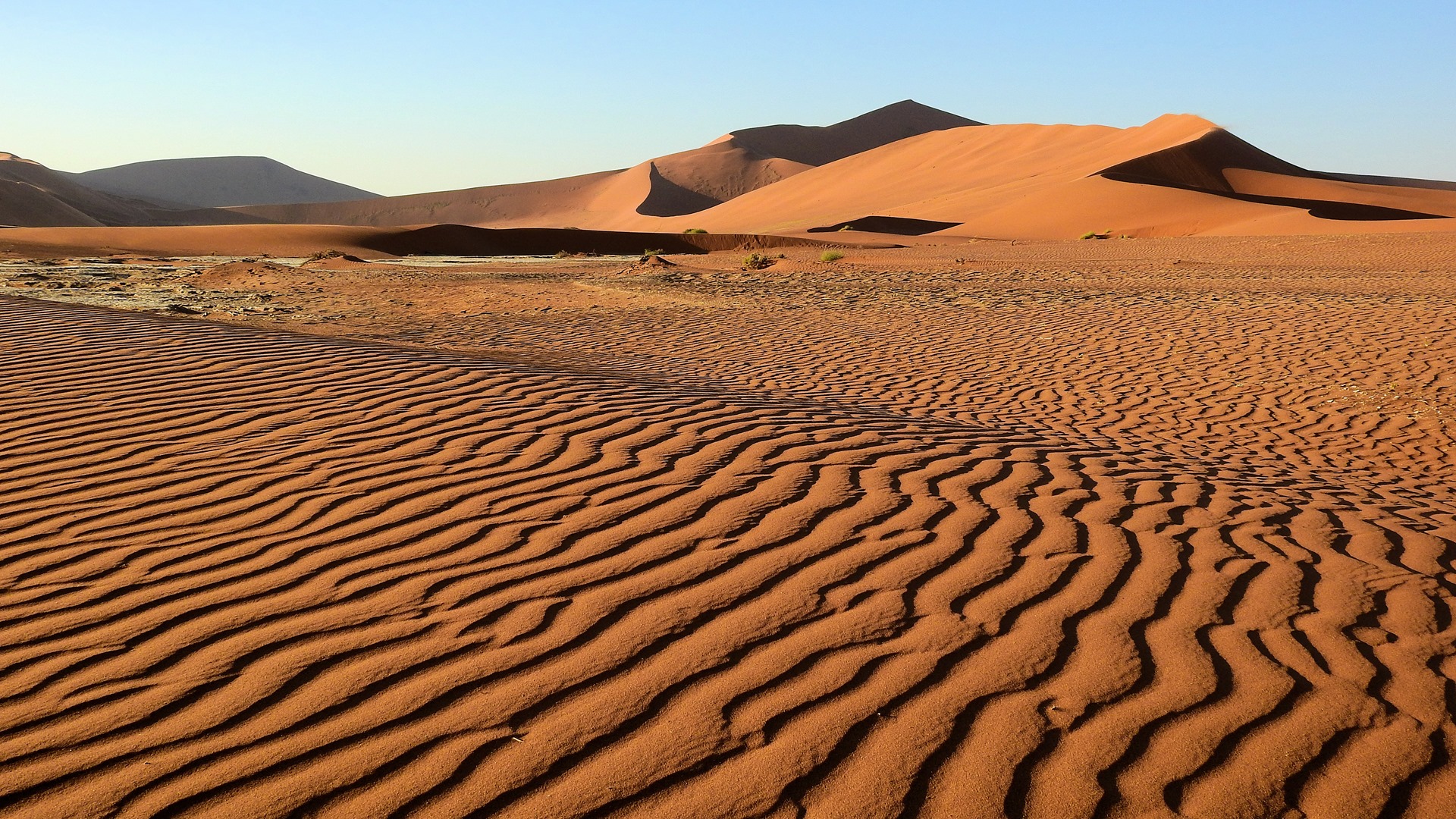
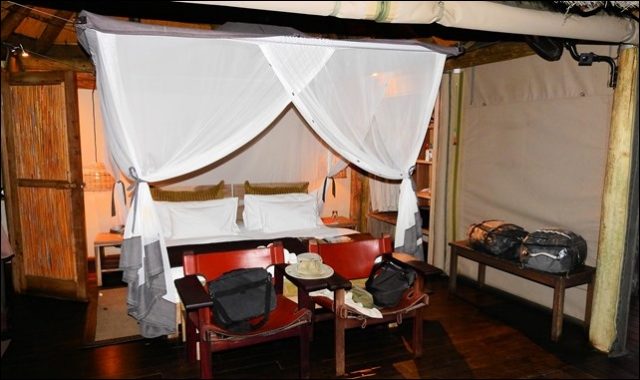
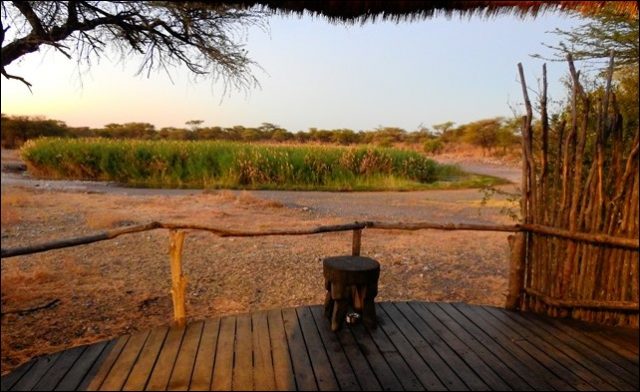
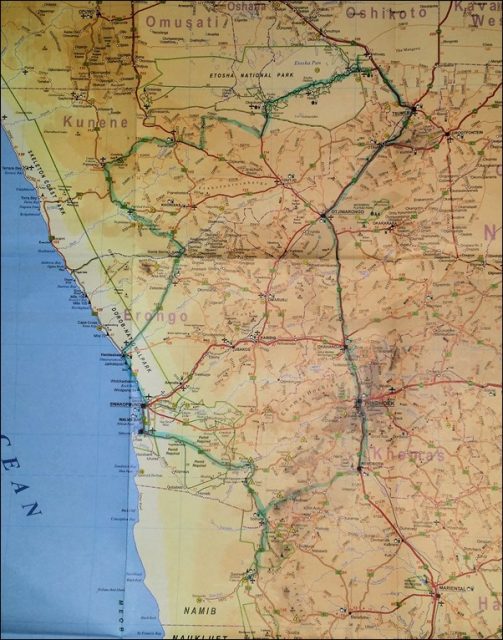
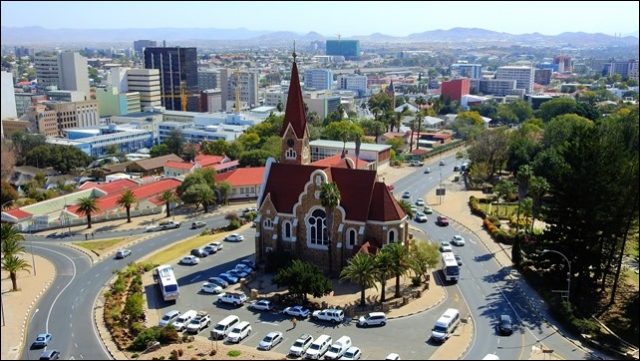
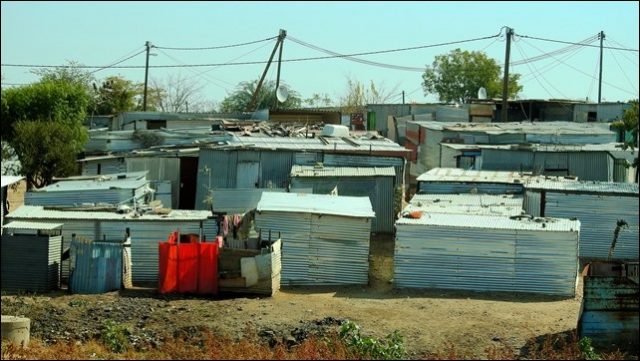
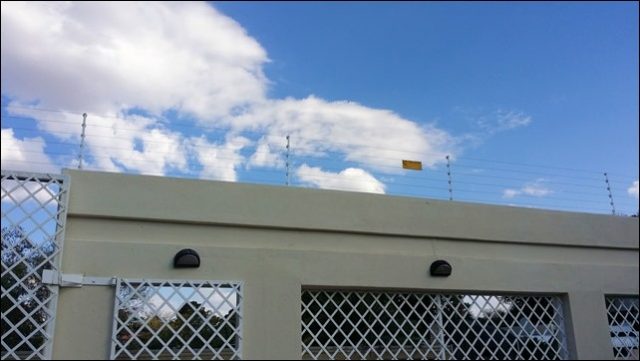
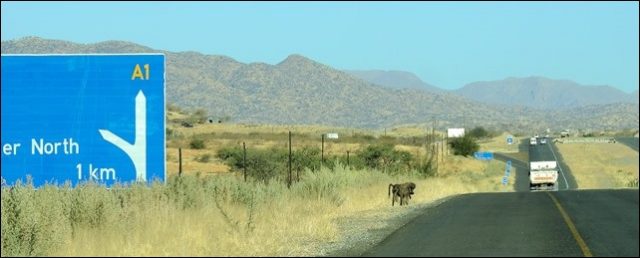
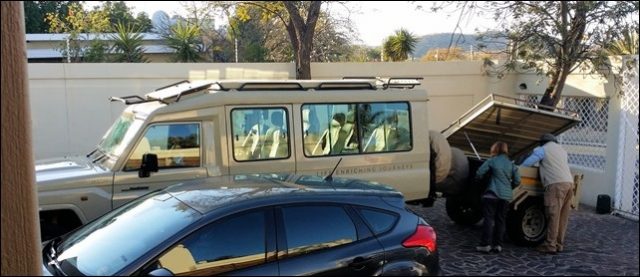
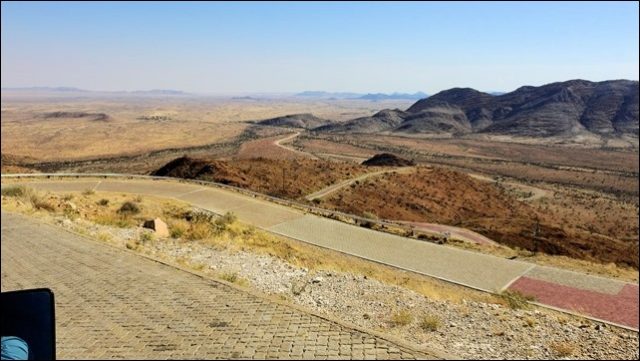
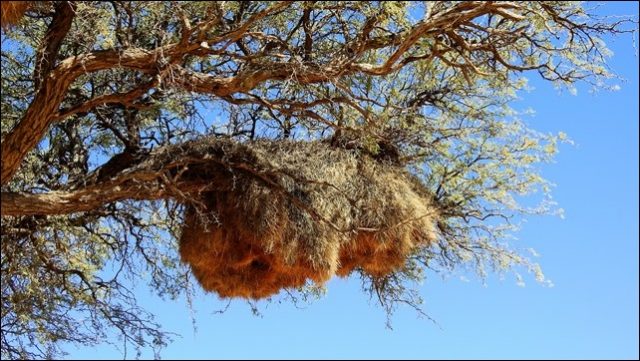
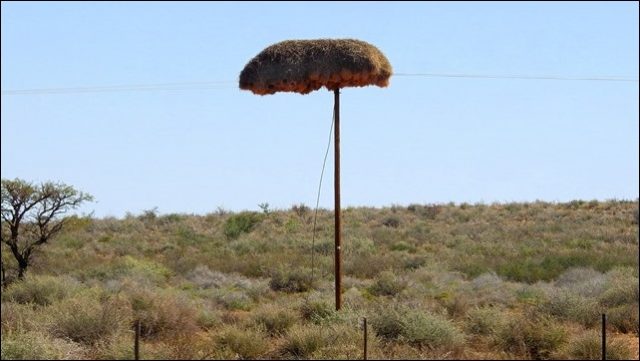
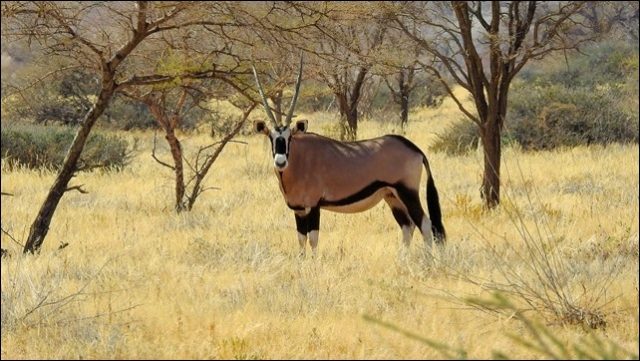
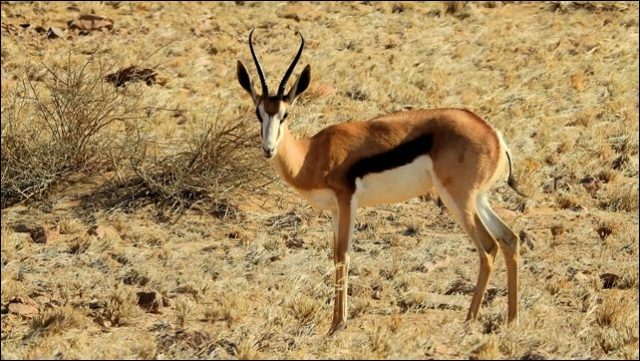
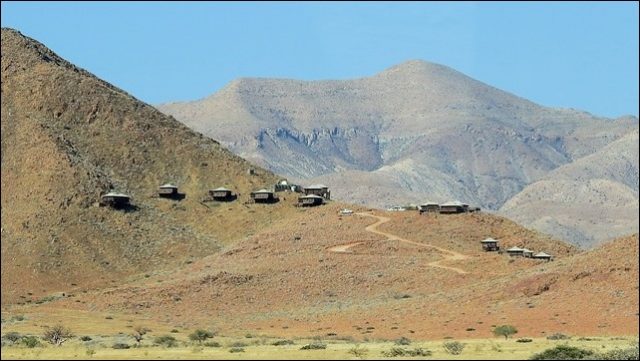
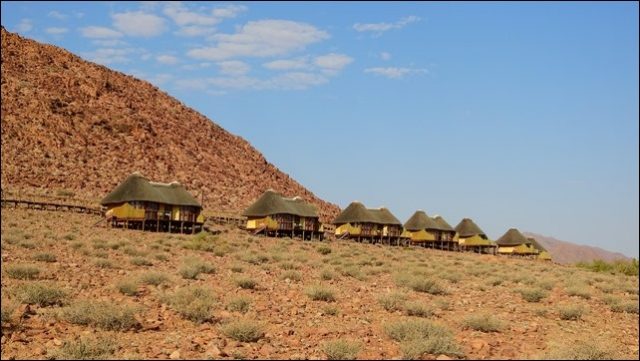
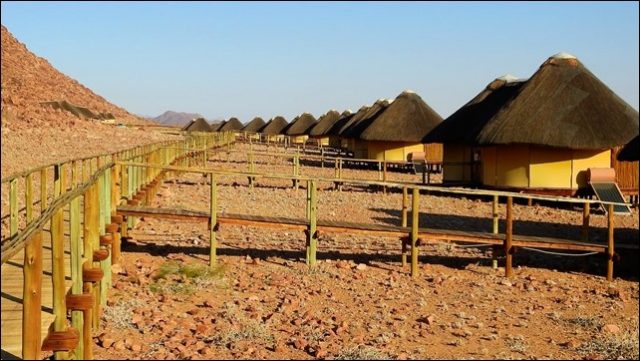
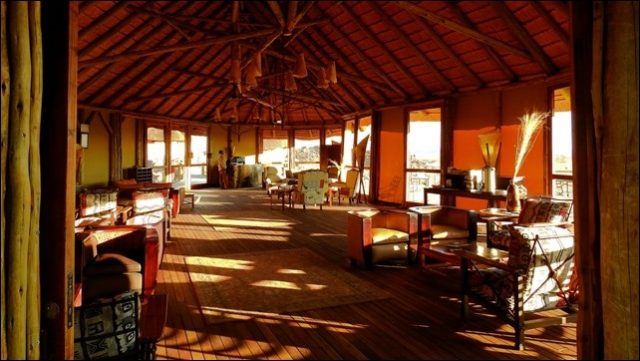
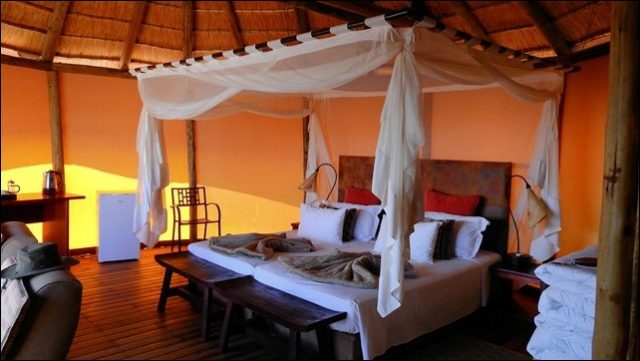
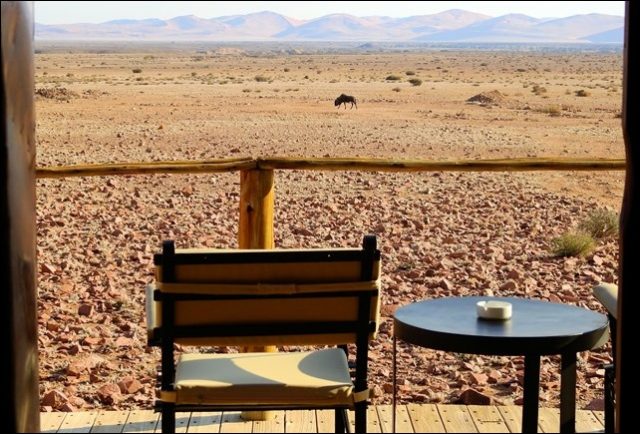
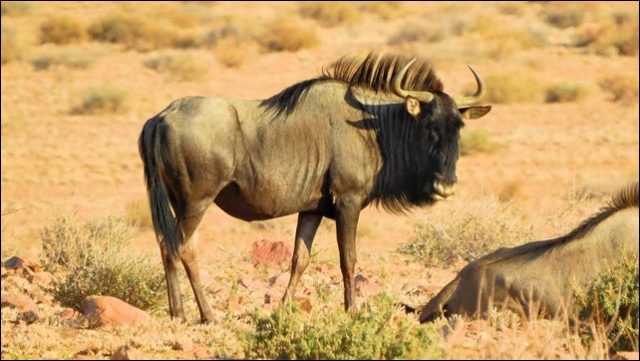
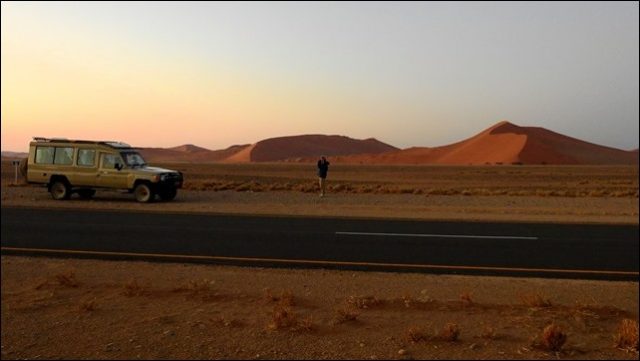
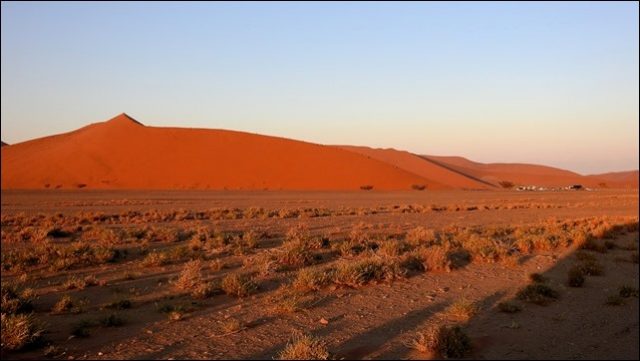
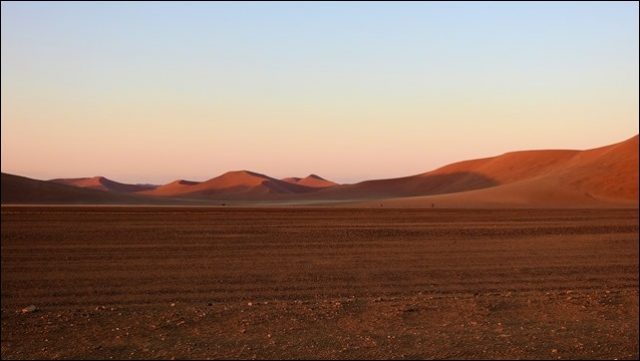
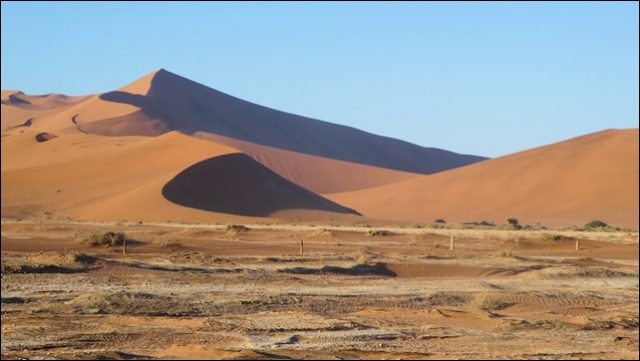
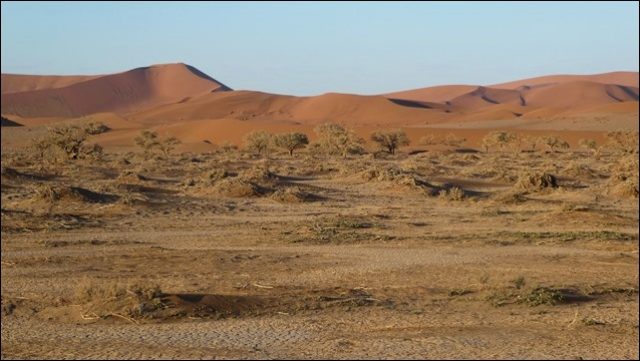
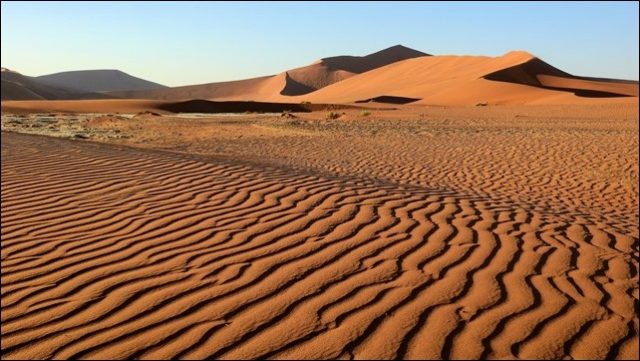
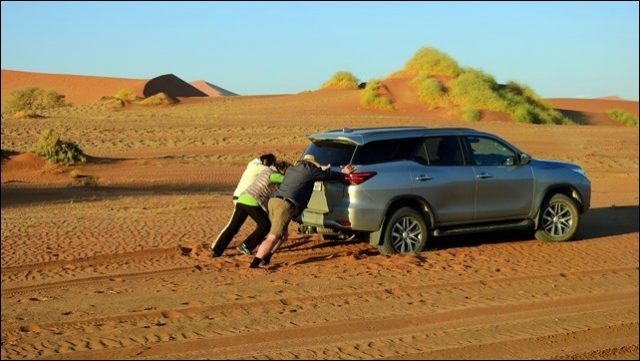
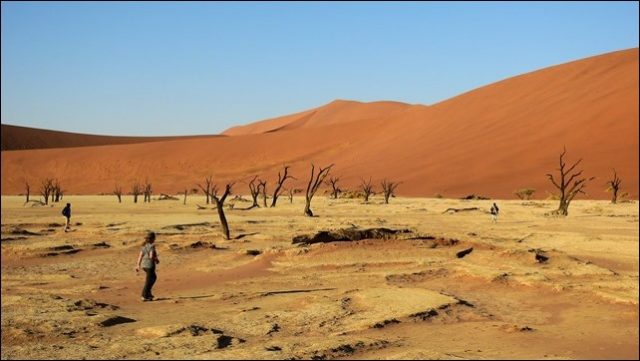
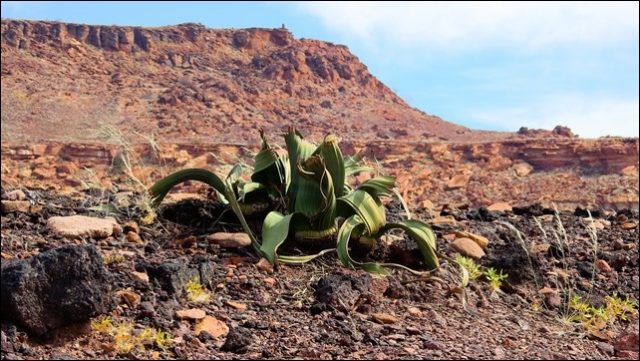
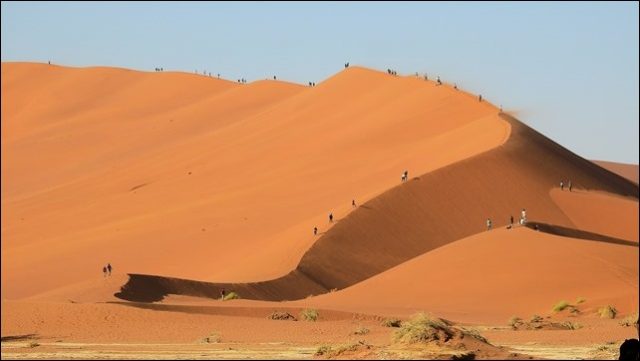
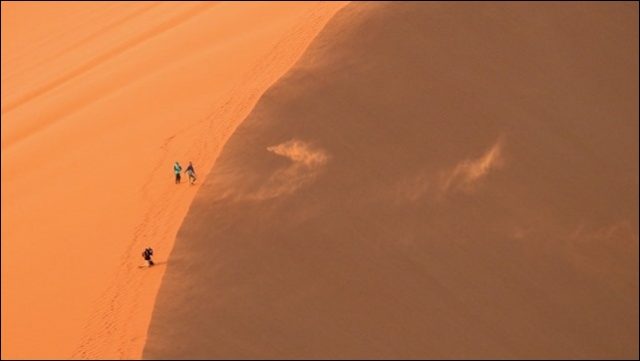
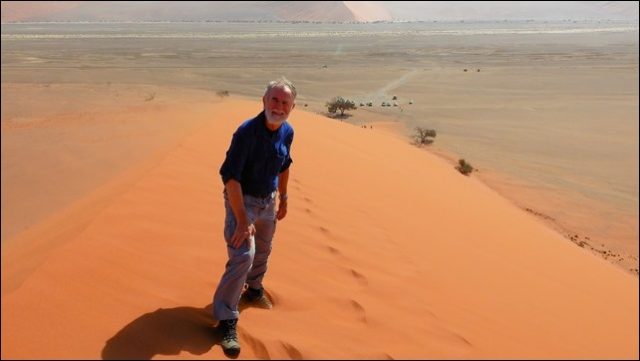
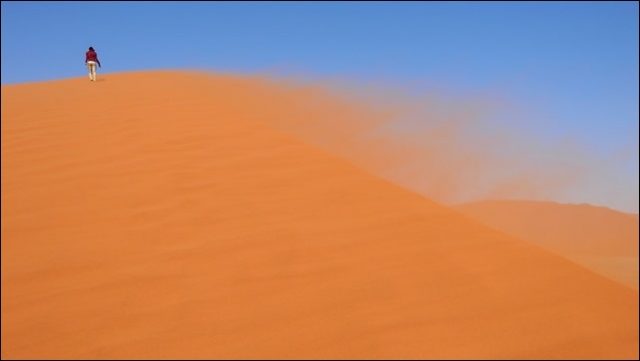
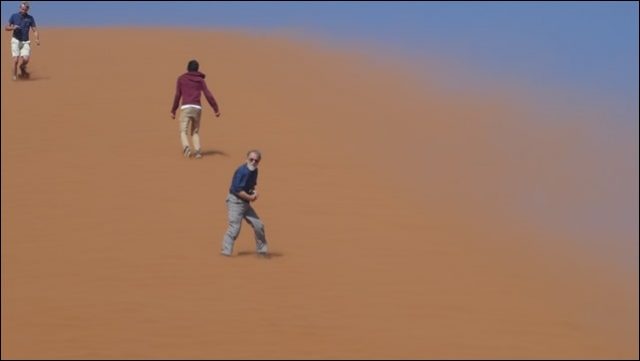
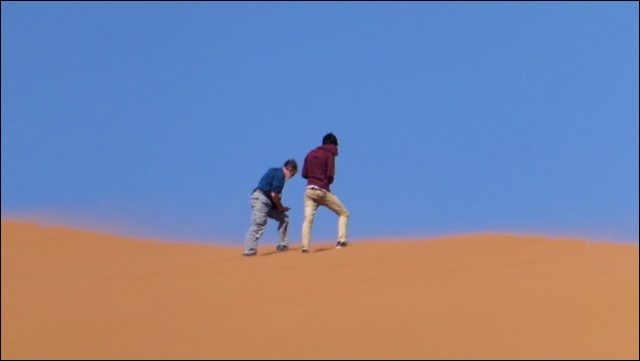
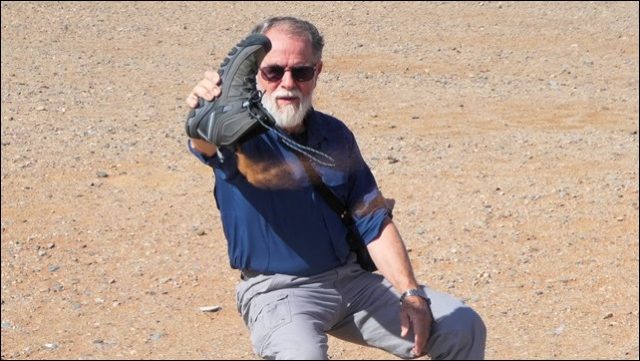
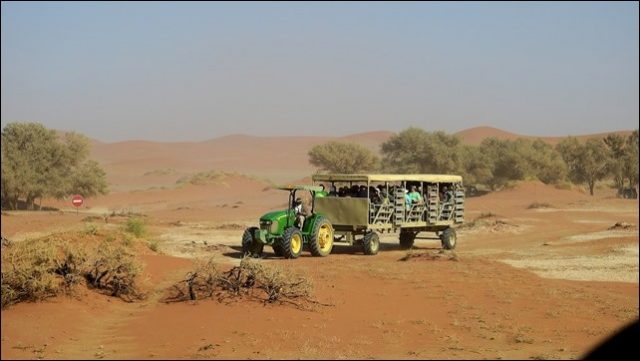
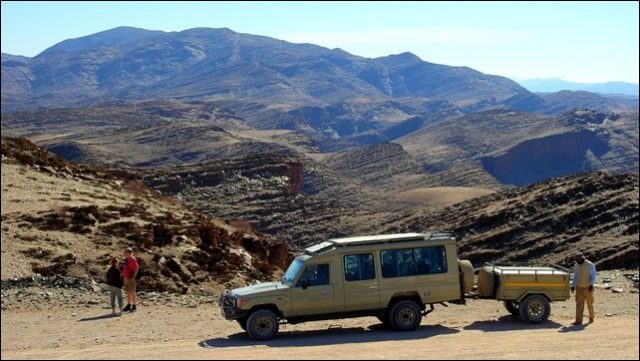
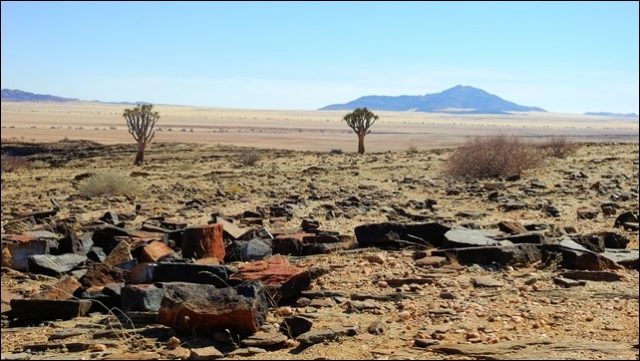
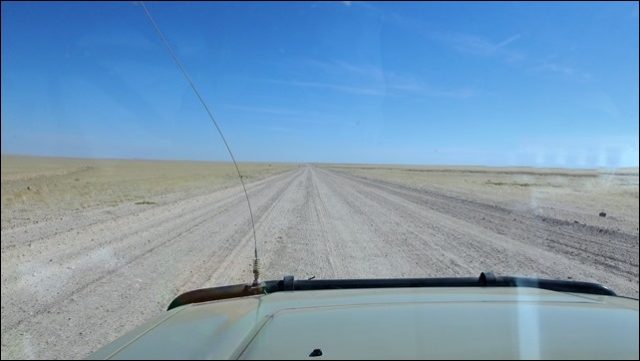
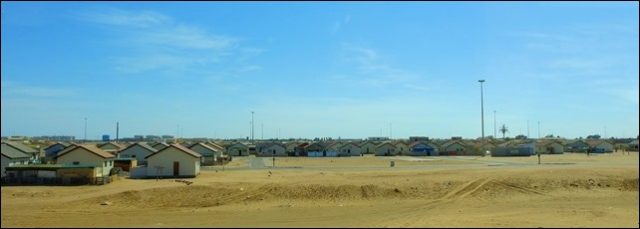
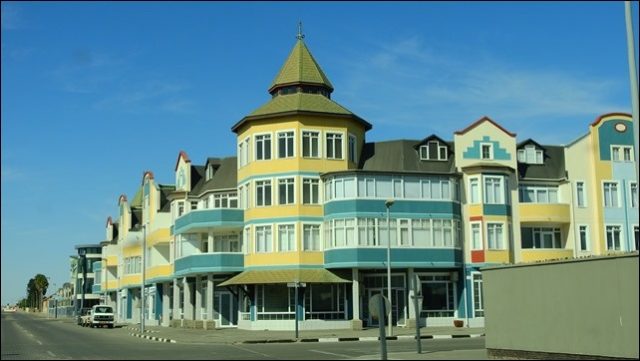
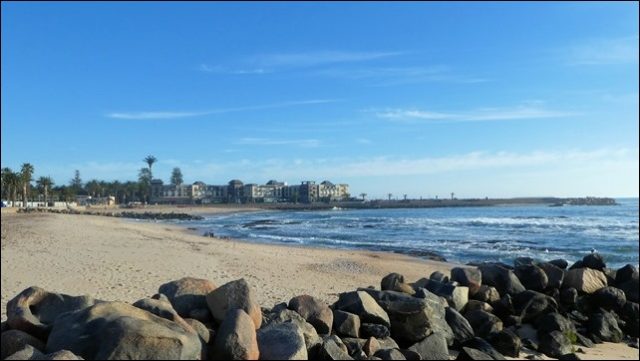
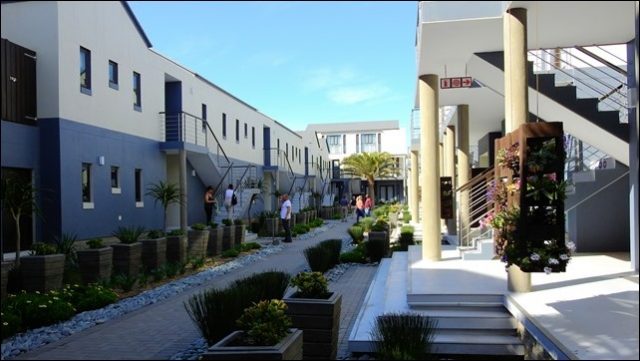
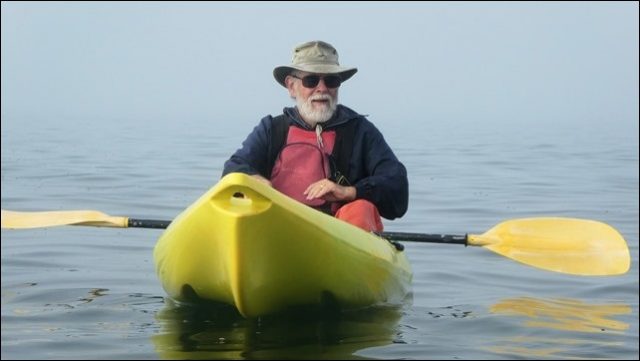
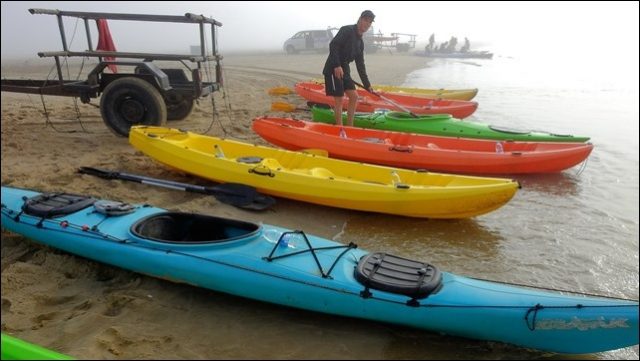
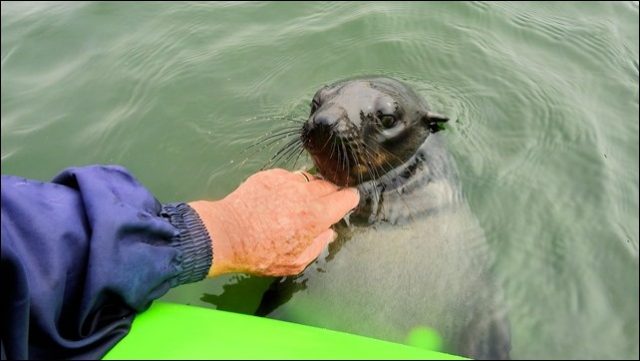
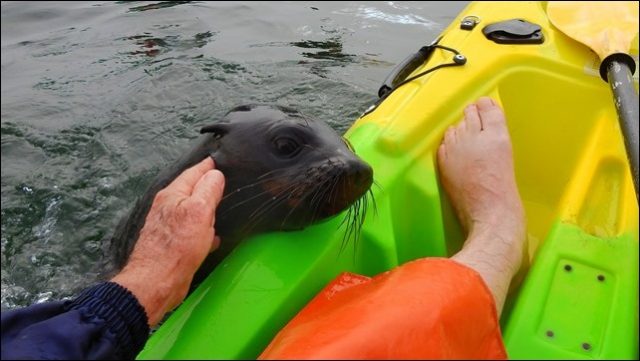
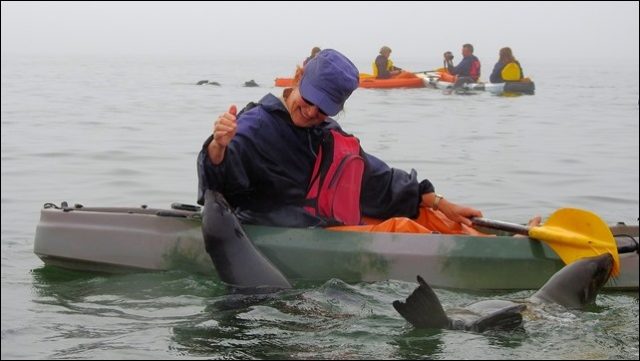
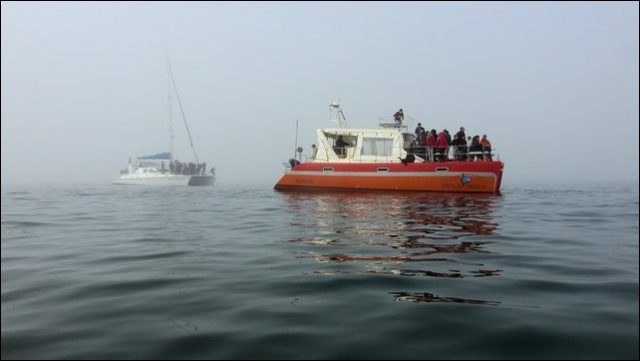
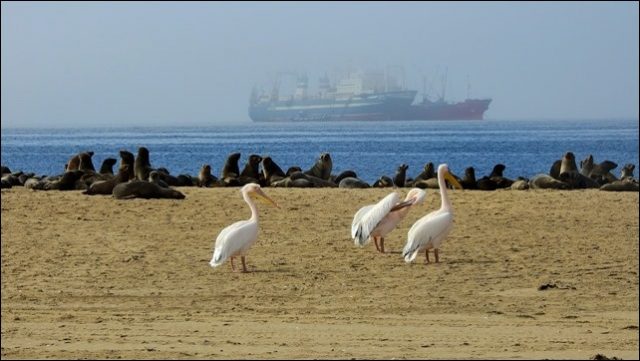
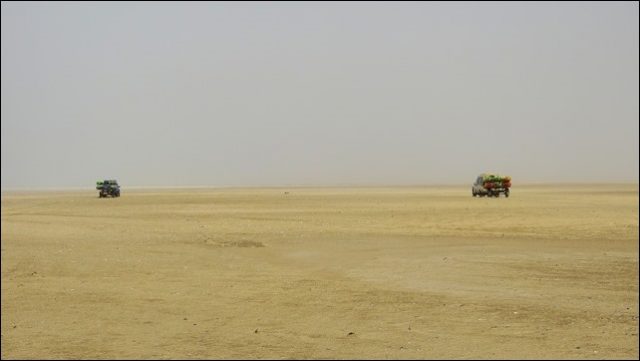
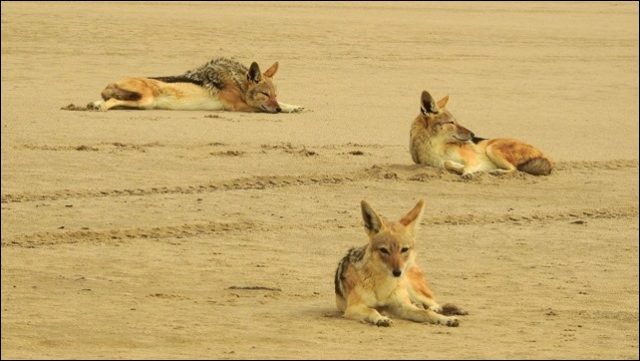
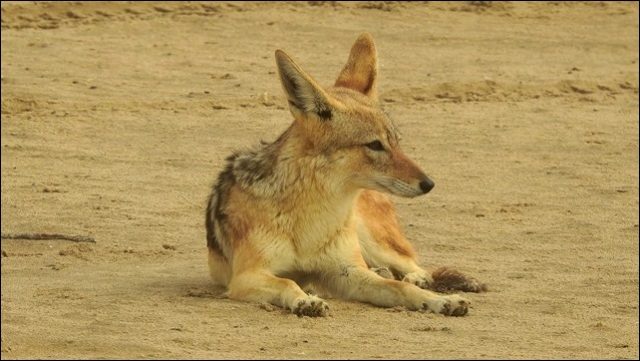
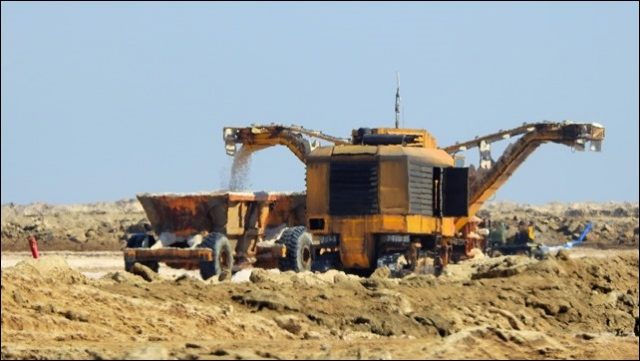
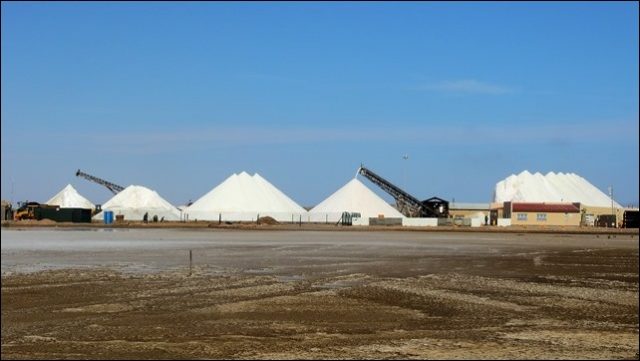
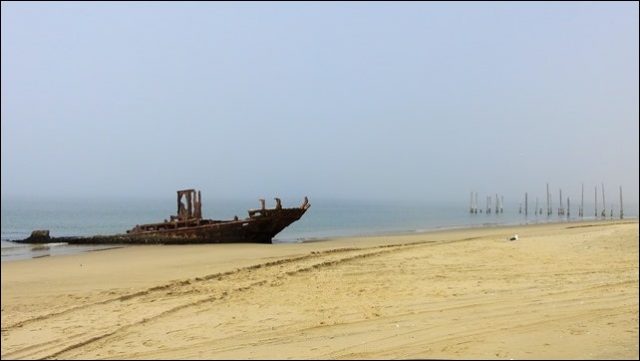
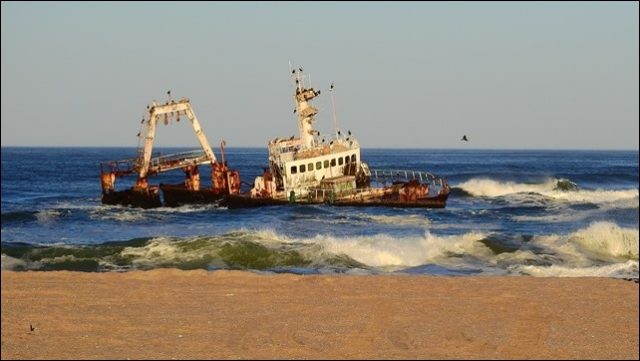

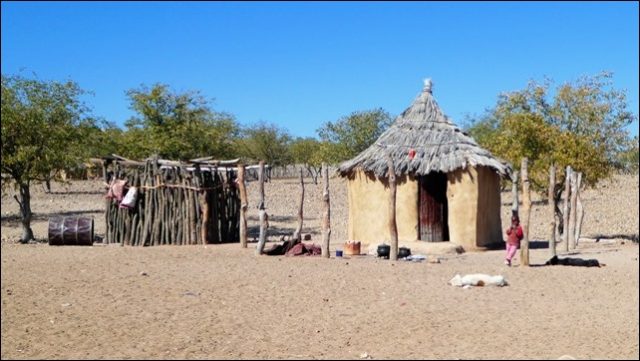
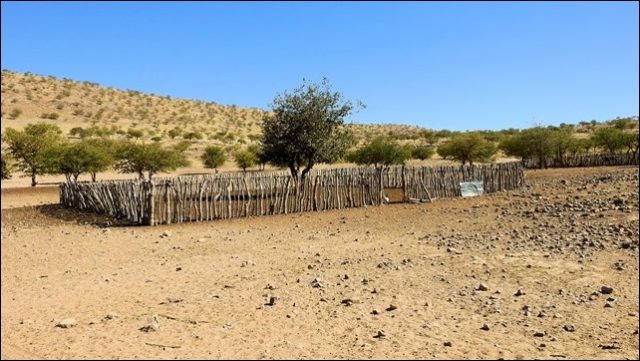
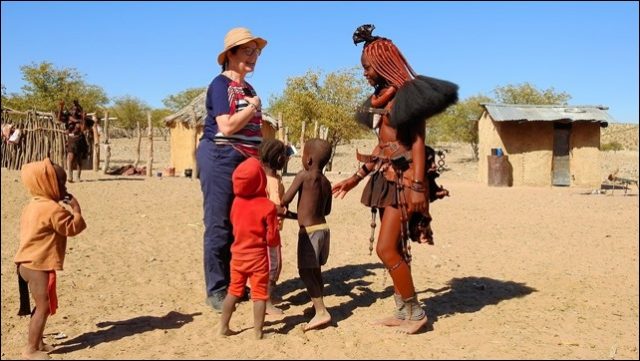
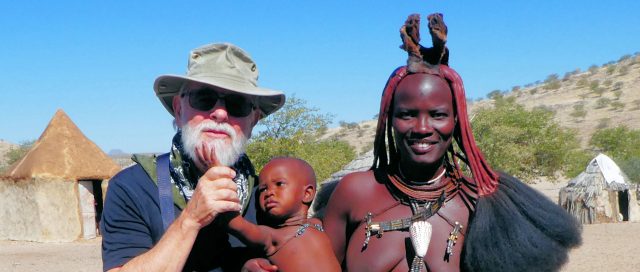
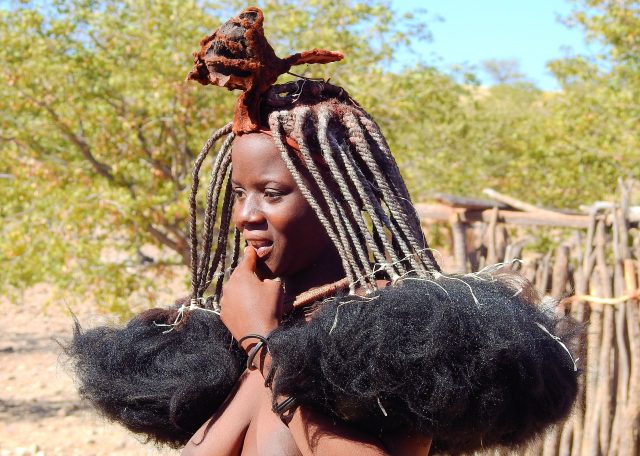
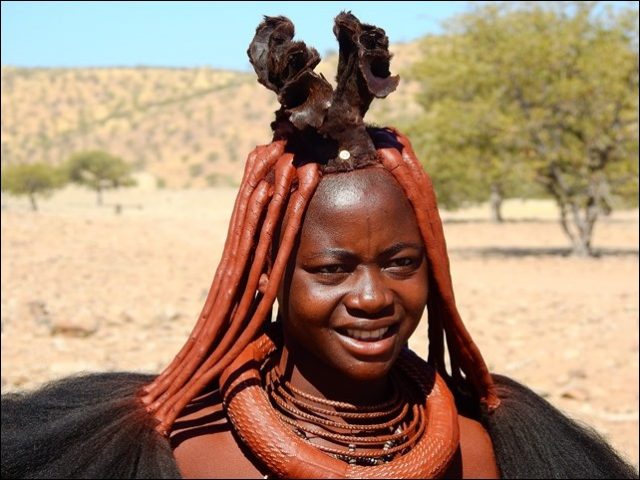
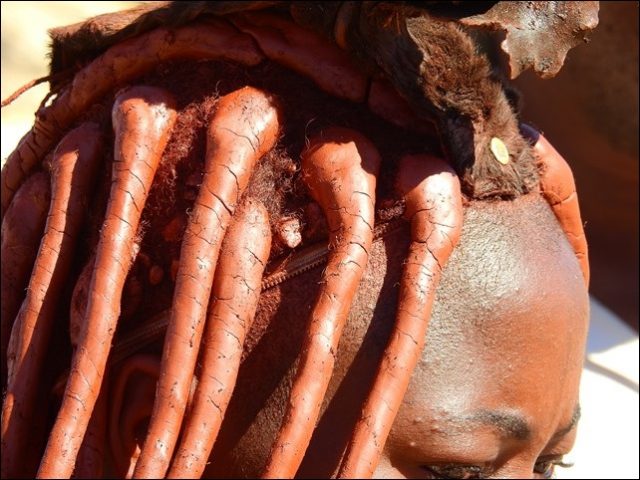
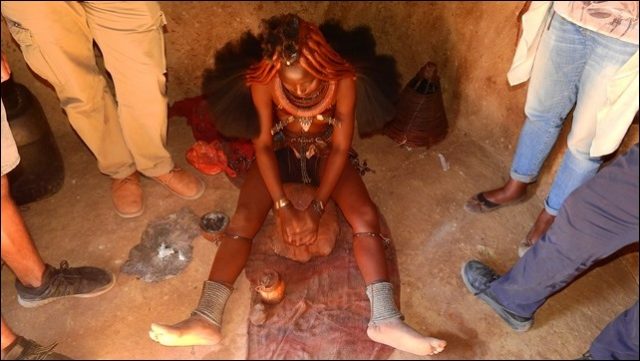
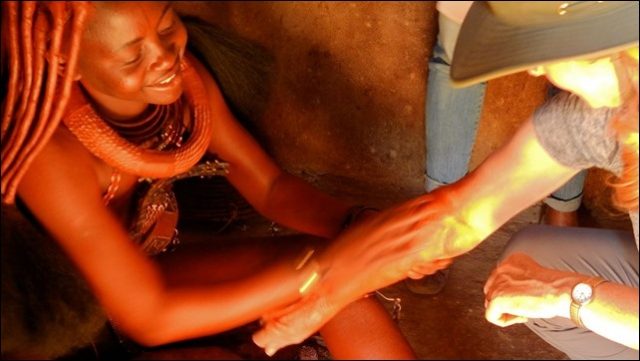
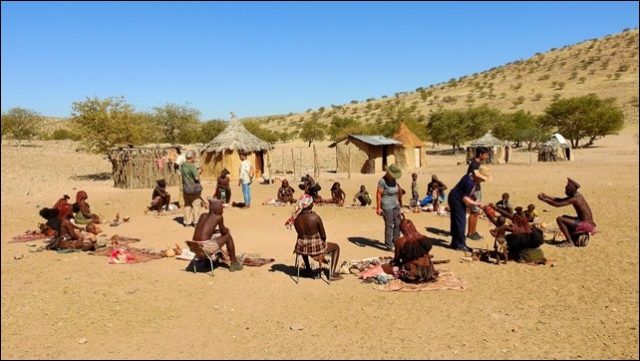
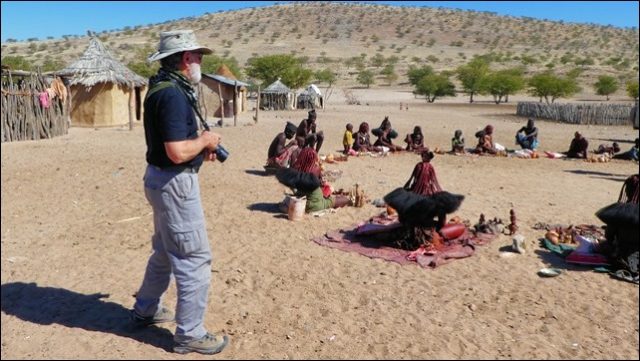
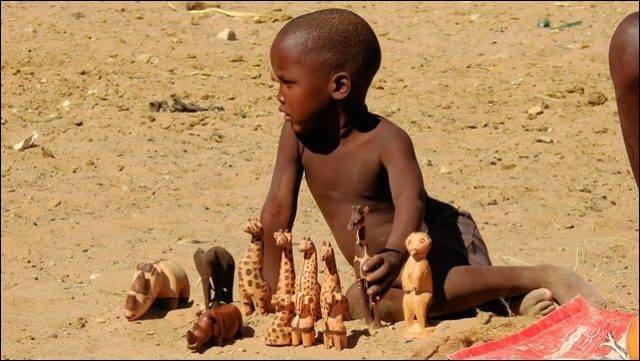
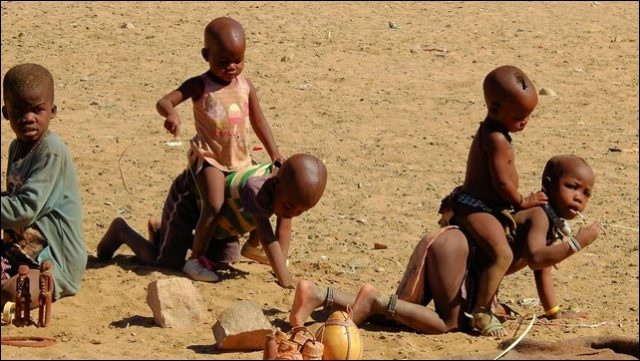
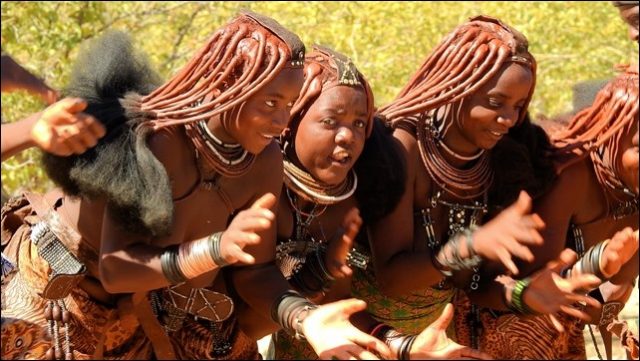
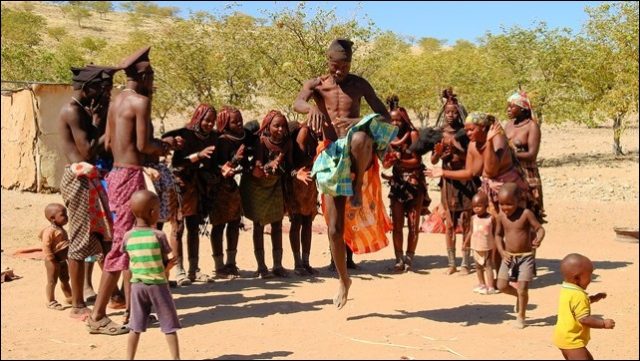
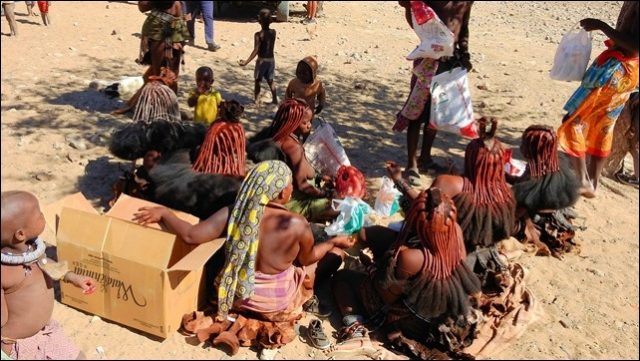
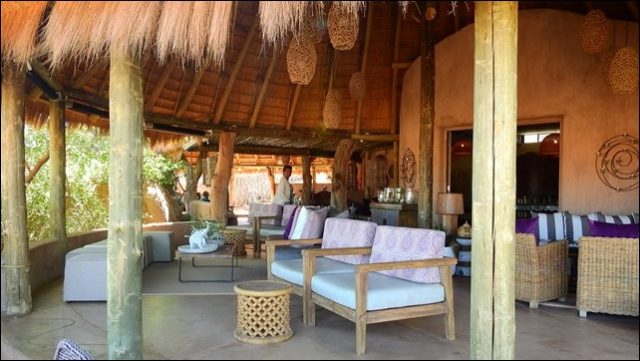
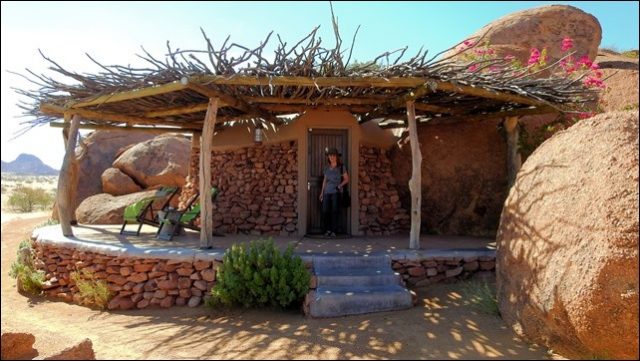
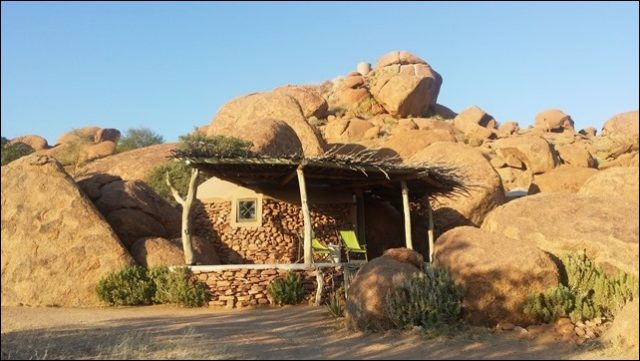
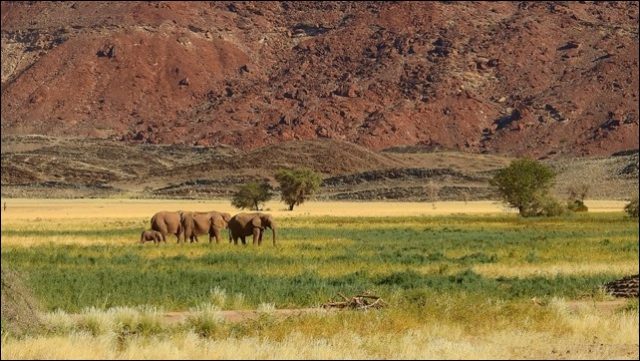
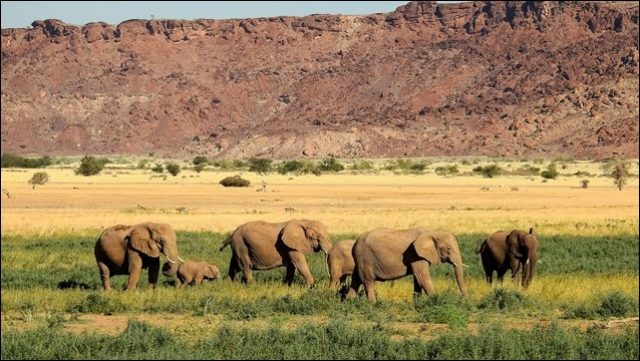
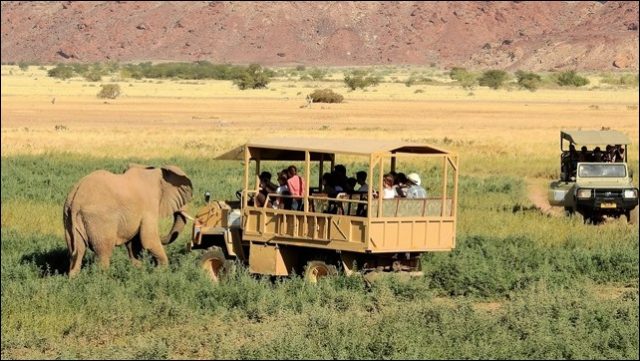
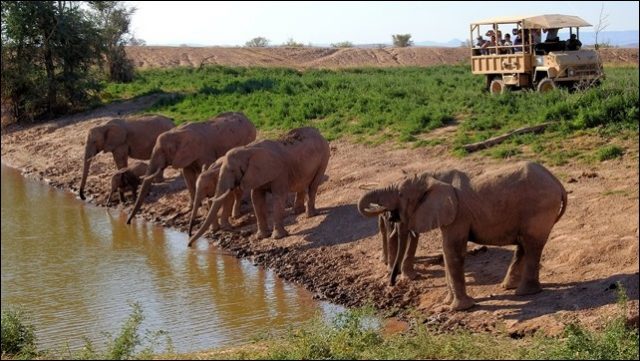
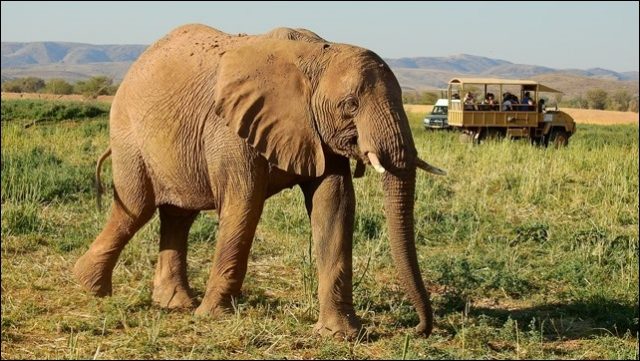
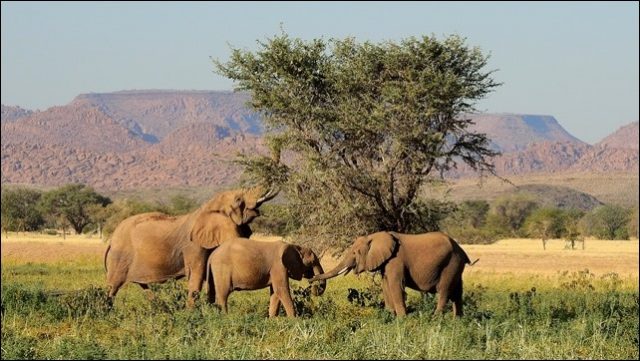
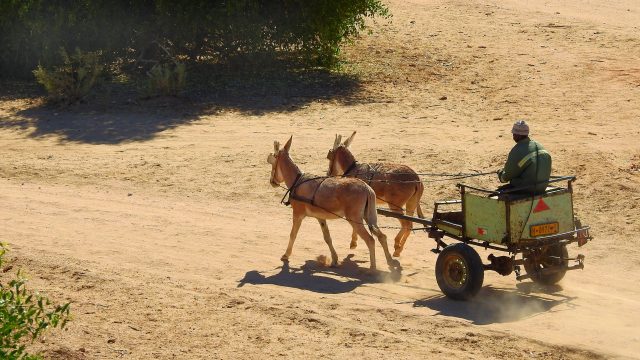
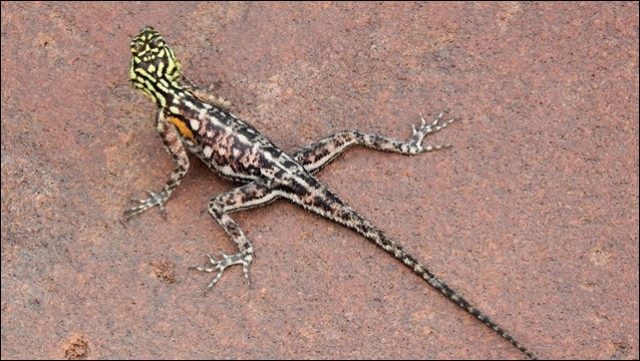
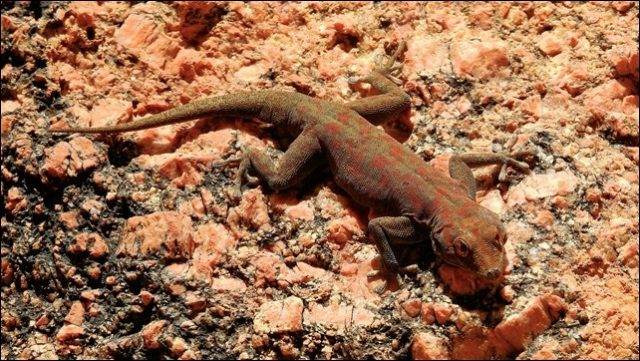
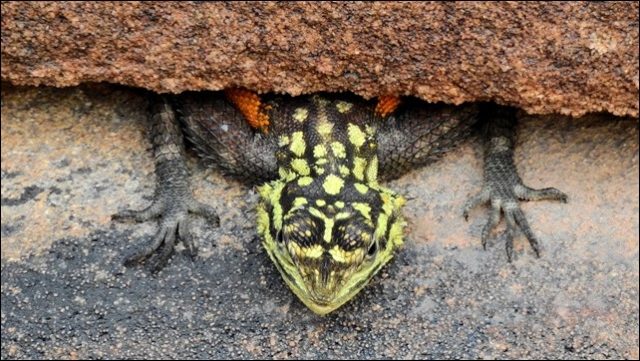
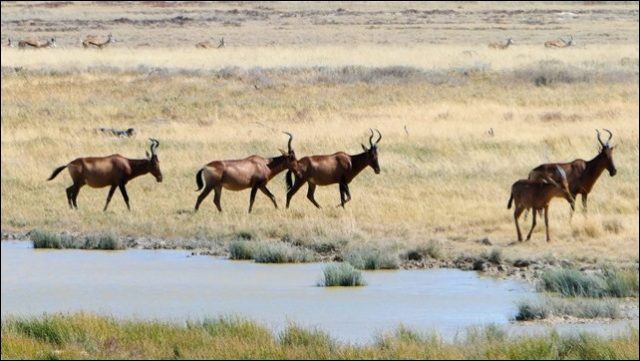
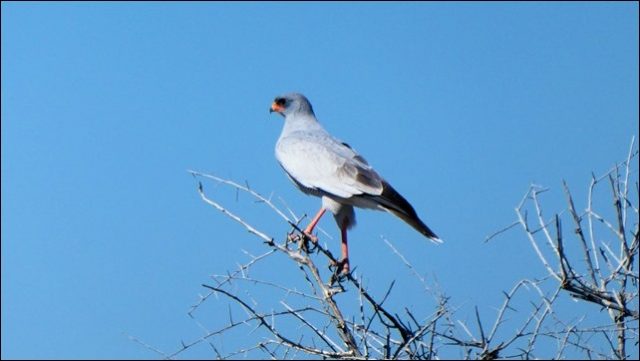
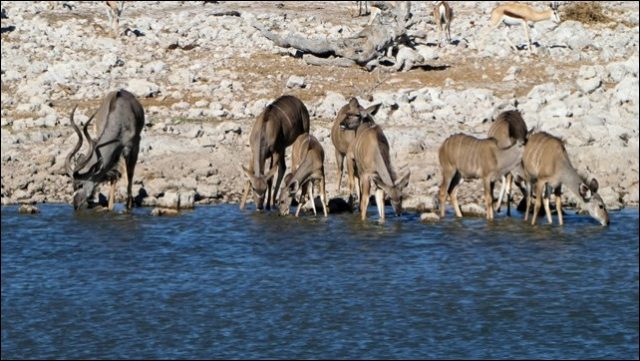
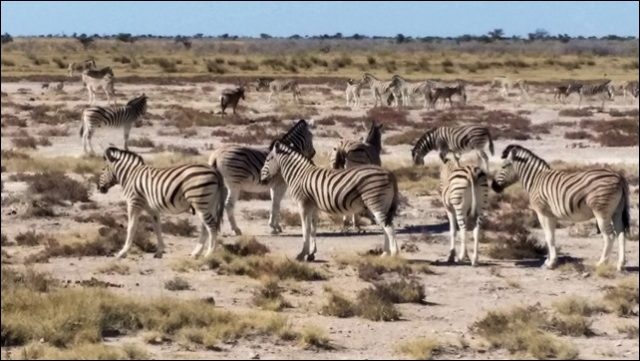
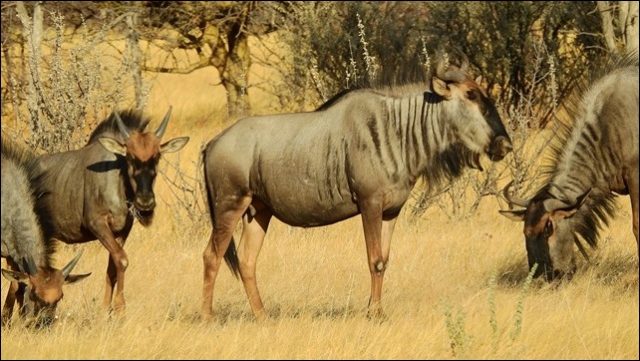
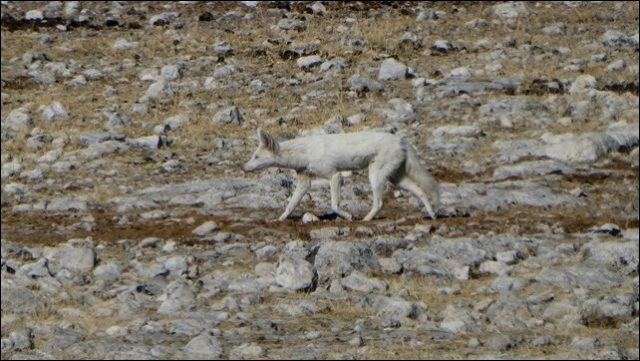
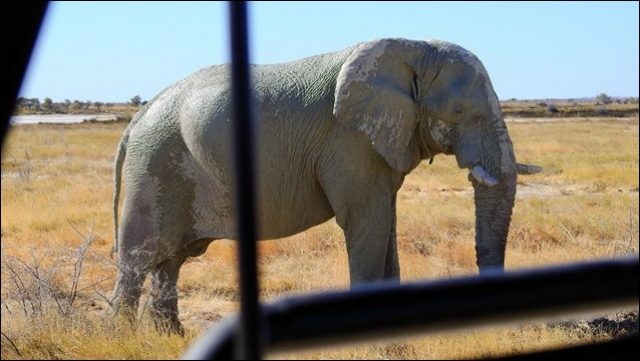
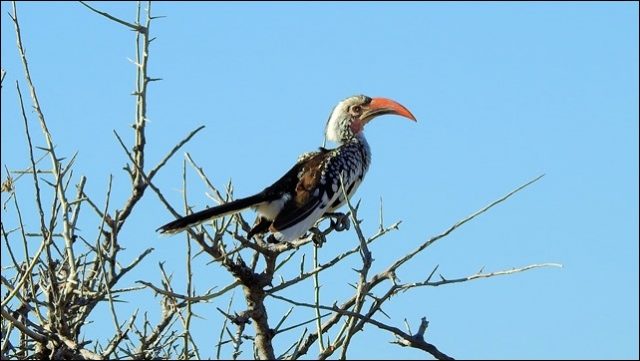
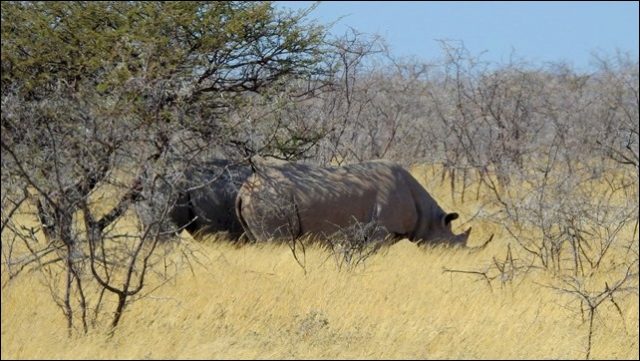
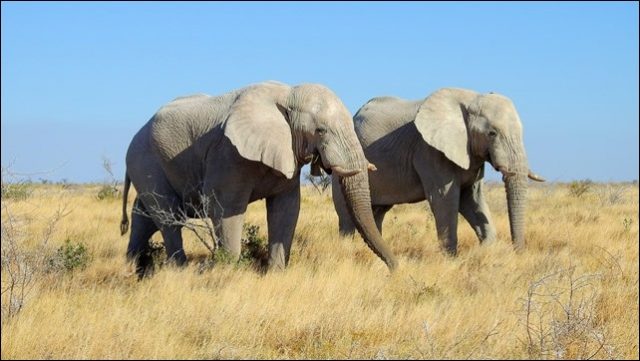
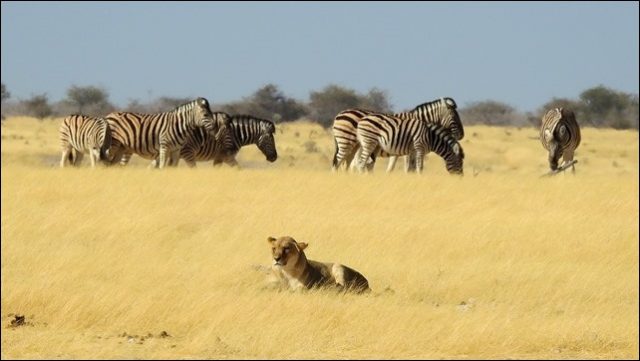
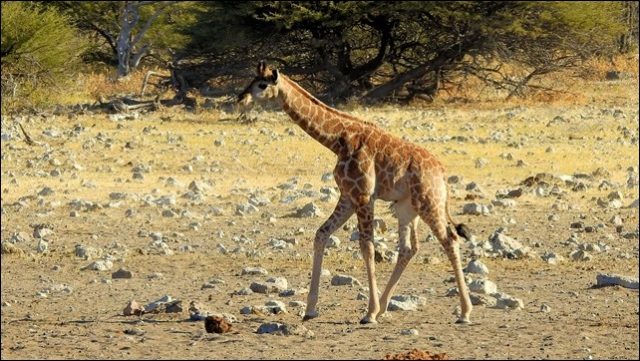
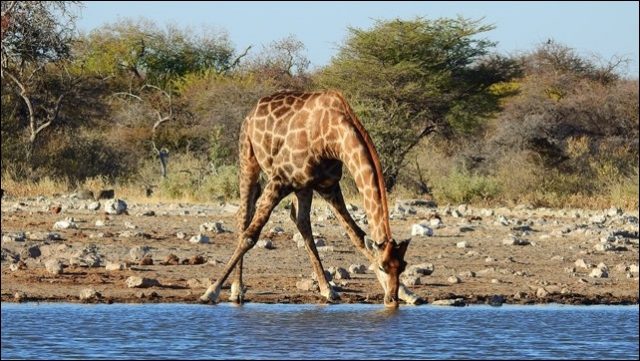
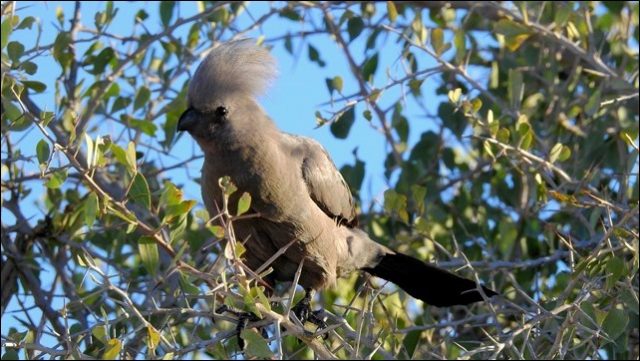
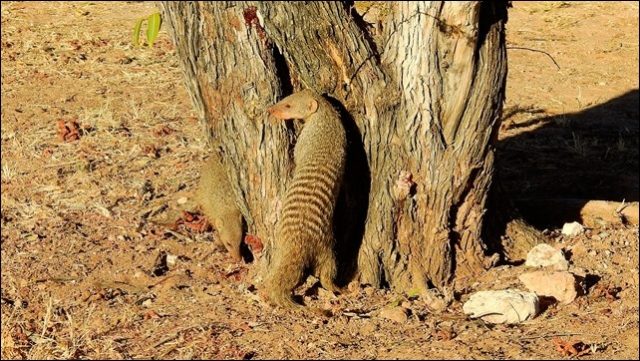
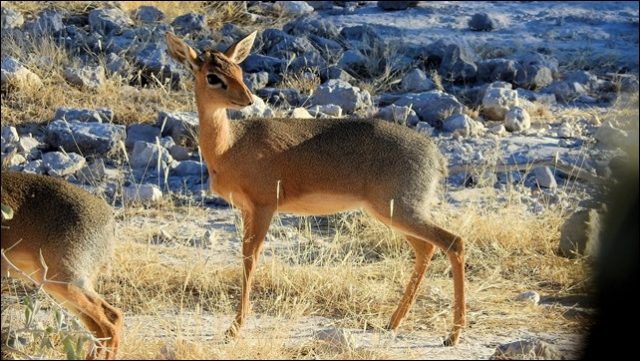
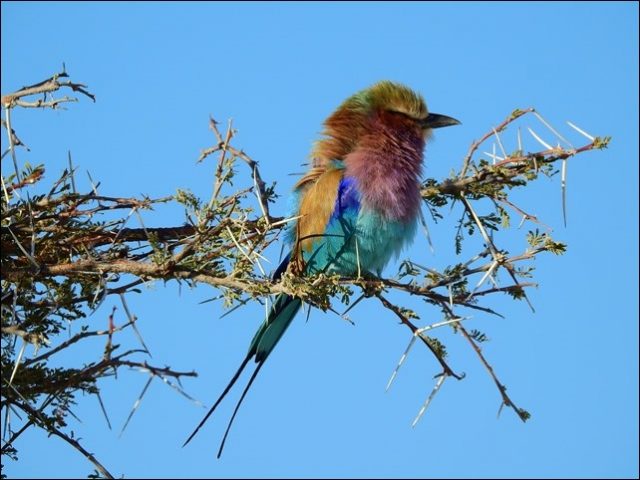
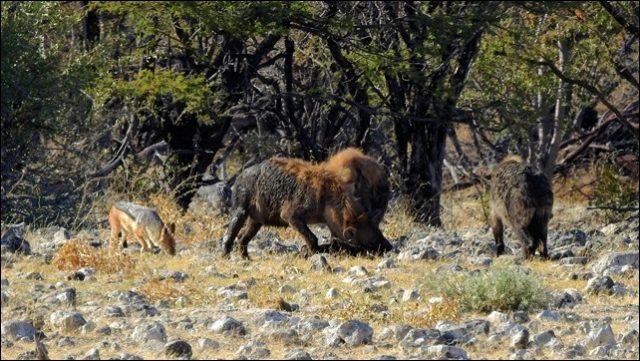
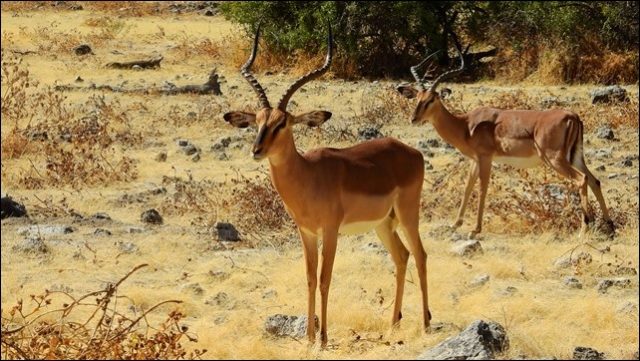
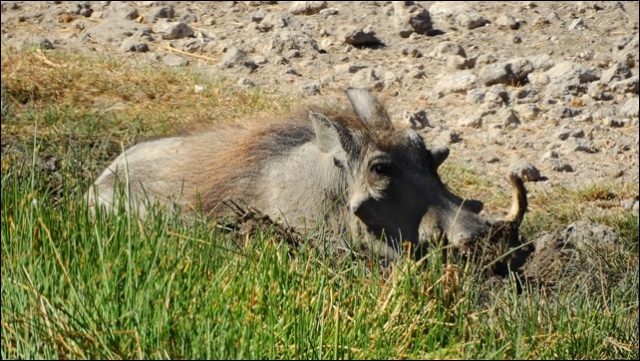
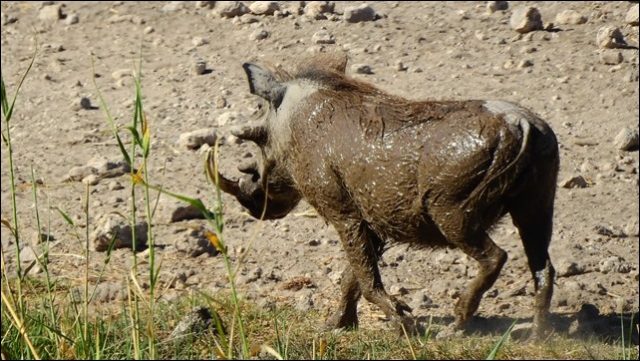
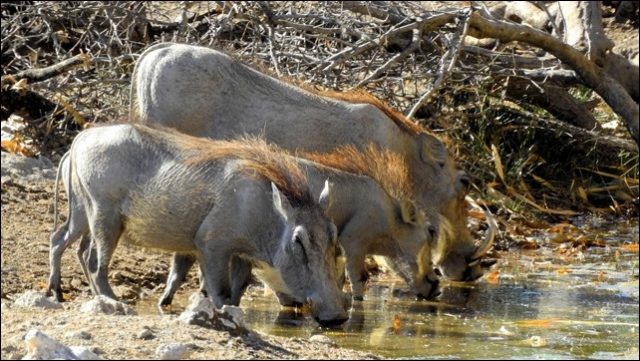
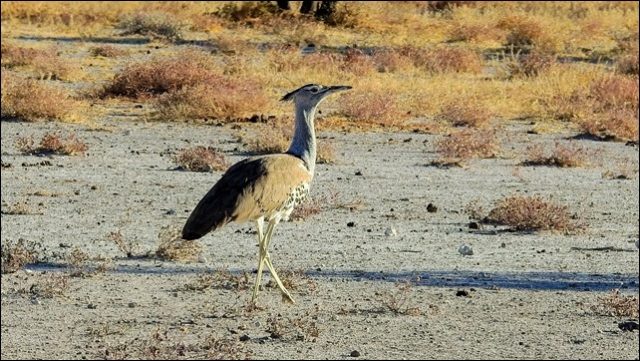
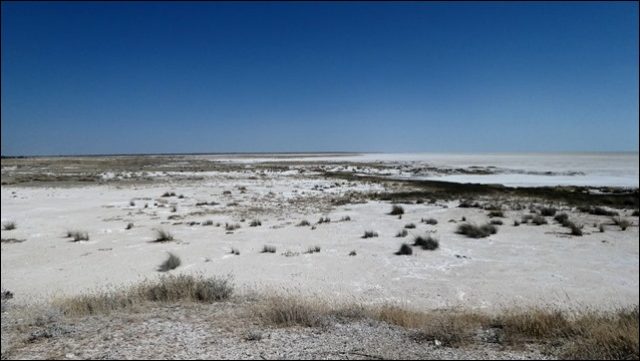
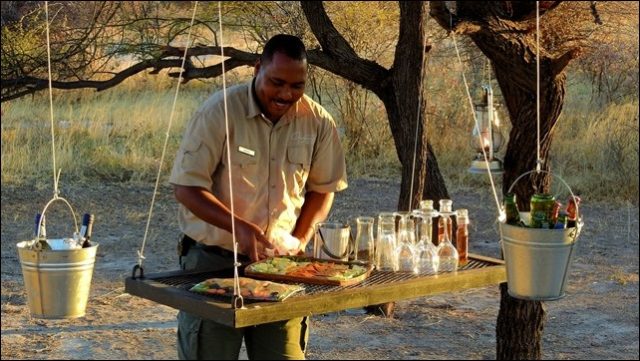
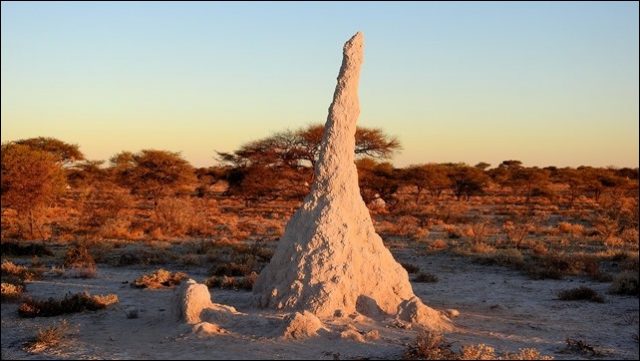
As good as a National Geographic special! Fantastic story & pics. Thanks so much for sharing..
Fantastic photos & info, Greg & Karen! It looks you took the same route we have planned, so it is good to see our decisions confirmed, and you have just made us MORE excited for our House Exchange to Namibia in December. Cant wait. Hope we get to see all that you enjoyed. I agree, it doesnt have to be too expensive to visit Africa. We are very lucky – our House Exchange includes a rooftop camper! (but those lodges sure look tempting!)
Hey E, you are going to have a grand time.
I should probably do a dedicated post just to the lodges — they are stunningly done, and I’ve really not done justice to them. Almost every single one of them was a standout experience in itself. Karin and I over and over again just looked at each other with wide grins and said “we’re in AFRICA!!!”.
I’ll put a few more photos in my next post (Zimbabwe).
Thank you, Greg and Karin! You outdid yourselves with this trip log and it was a pleasure to read. I’ll never make it to Africa I’m sure, so this is a very nice substitute.
Steve,
You might be surprised at how affordable it can be to visit Africa. Flights can be bought for $1000 or so (round trip) if you shop carefully. As for ground travel, going for the lower-cost group tours can be done for as little as $200/day. So $3000 for a week-long safari is quite possible with careful shopping and planning.
What an amazing adventure, Greg. Thank you for sharing, and for the gorgeous photos!
Greg,
Your posts are absolutely stunning and timely. Linda and I are just starting our planning to visit Africa. Your posts are inspirational and will give us a ton to think about in our itinerary.
Hank,
Please give us a call any time. It’s been too long…